Flexibility before skill or skill before flexibility?
Posted by Paul Zaichik on
Flexibility before skill or skill before flexibility?
One of the questions that come up often is: Should one master full flexibility prior to practicing a skill?
The downside of working on flexibility first is that fun is far away. For example let’s take a Side Tilt in ballet or Side Kick in Martial Arts. It may take you a while to develop full range of motion for those techniques.

Does that mean you should not practice them? After all you jointed a ballet class or MA class to dance and kick. So you want that fun. You don’t want just stretching, do you?
That’s how I approach some of my skills and athletes' skills. However, if you are a student paying to learn Ballet, Karate or TKD, would you not run out of a school that makes you stretch and perhaps condition before showing you a single step, or kick?
The compromise is to do the skills at lower level. Low kicks for example. Or partial plies or partial horse stance, etc.
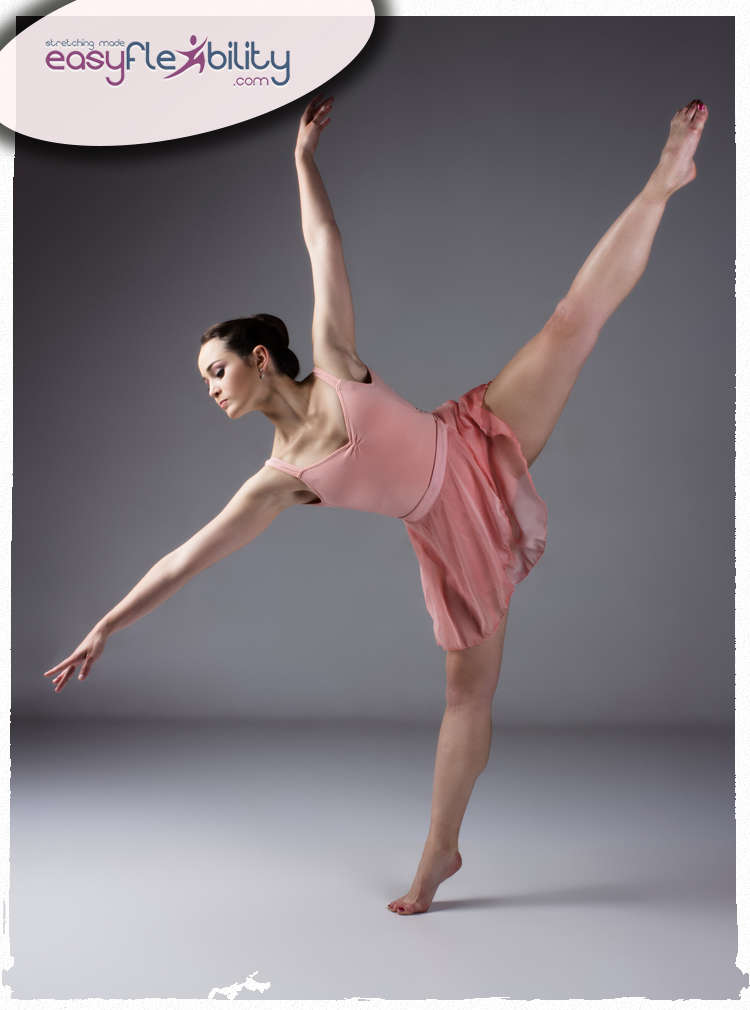
The only exception I would make is for a skill where specific flexibility is a must and there is no way around it. For example a handstand. If you don’t have full range of motion in your shoulders and your wrists you should not do a handstand.

You can work on inversions, core strength, and other things, but not the actual skill. A plie can be higher for a beginner, a front stance can be higher too. But a handstand with poor shoulder and wrist flexibility, becomes totally something else.
At EasyFlexibility we offer over 100 programs for all of your flexibility needs!
If you are not sure if the skill requires flexibility first or can be practiced at beginner level, please send us an email to info@easyflexibility.com to advice you or come and chat live with us at: www.easyflexibility.com from Monday to Friday from 9:00 am to 5:00 pm EST. We will be glad to help you!
I been practicing yoga for 8 years and teaching for 3.
Review by Loren J. on 12 Oct 2014
"My name is Loren Jones. I been practicing yoga for 8 years and teaching for 3. My forward bend came easy, but the back bend was always a challenge. The closest progression I used to do for the Natarajasana involves using a strap and pulling the hands to foot or foot to hands. There are some preparatory poses, which helped, but could not get past the sticking point. I have been using this program for 2 weeks and have seen the distance between my hands and feet decrease significantly. So I really like the approach this program takes."
Zaichik Stretching Techniques are unlike anything you’ve ever done before! Take 6 seconds and try this technique right now!
This example focuses on the shoulder because it’s easy to do standing. Watch your shoulder get flexible in 6 seconds, try it now!

Goodbye, Painful Stretches
Hello! EASY, FAST and SAFE flexibility!
Hello! EASY, FAST and SAFE flexibility!
Online On-Demand Video Training Programs for ALL ages!
Do you dream of being super flexible? Being able to do various Yoga poses ANYTIME that you wish?
Do you wish that getting flexible would be EASY, PAIN FREE and FAST?
Do you want to keep the flexibility that you’ve gained for years to come?
If the answer to all of these questions is a big fat YES!, then you’ve come to the RIGHT place.
If the answer to all of these questions is a big fat YES!, then you’ve come to the RIGHT place.
At EasyFlexibility we offer just that, EASY, FAST, PAIN FREE and SAFE flexibility with a proven method that is guaranteed to get you flexible!
We can even predict the date that you will reach your goals! Interested? Then keep reading…
Why are we so confident? Because THOUSANDS of people worldwide are getting flexible every day using our method! Achieving their lifelong dream of being able to do Splits, Touch their Toes, Do back bends, you name it!
Why are we so confident? Because THOUSANDS of people worldwide are getting flexible every day using our method! Achieving their lifelong dream of being able to do Splits, Touch their Toes, Do back bends, you name it!
Zaichik Stretching Method is a proven and tested method!
Zaichik Stretching Method is a proven and tested method that took Paul Zaichik, the founder of EasyFlexibility, 30 years of rigorous testing, experimentation, and deep knowledge of the human body to perfect.
30 years of knowledge compressed into concise, easy to follow training routines which will take 30 – 40 minutes of your time, 2 – 3 times a week to get the results you’re dreaming about!
Zaichik Stretching Method is designed for ALL people of ALL AGES and FITNESS BACKGROUNDS!
This method is not reserved for some elite and fit people who have been working out their whole lives and now are easily getting their splits.
This method is designed for ALL people, of ALL fitness backgrounds, of ALL ages!
Even if you have never worked out a day in your life you will be able to follow our programs and GET RESULTS!
But don't take our word for it, take a look what EasyFlexibility practitioners are saying:
This method is designed for ALL people, of ALL fitness backgrounds, of ALL ages!
Even if you have never worked out a day in your life you will be able to follow our programs and GET RESULTS!
But don't take our word for it, take a look what EasyFlexibility practitioners are saying:
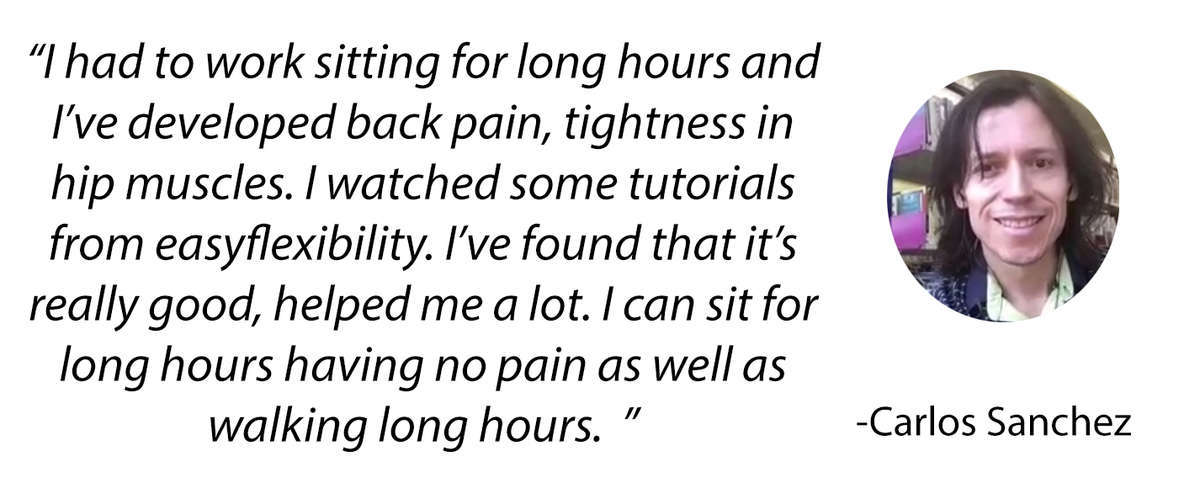
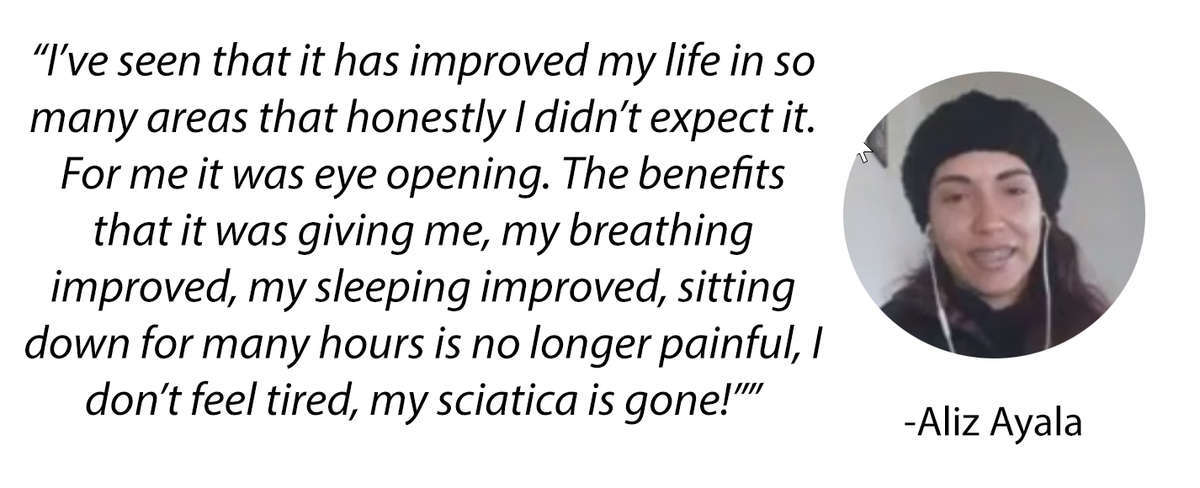
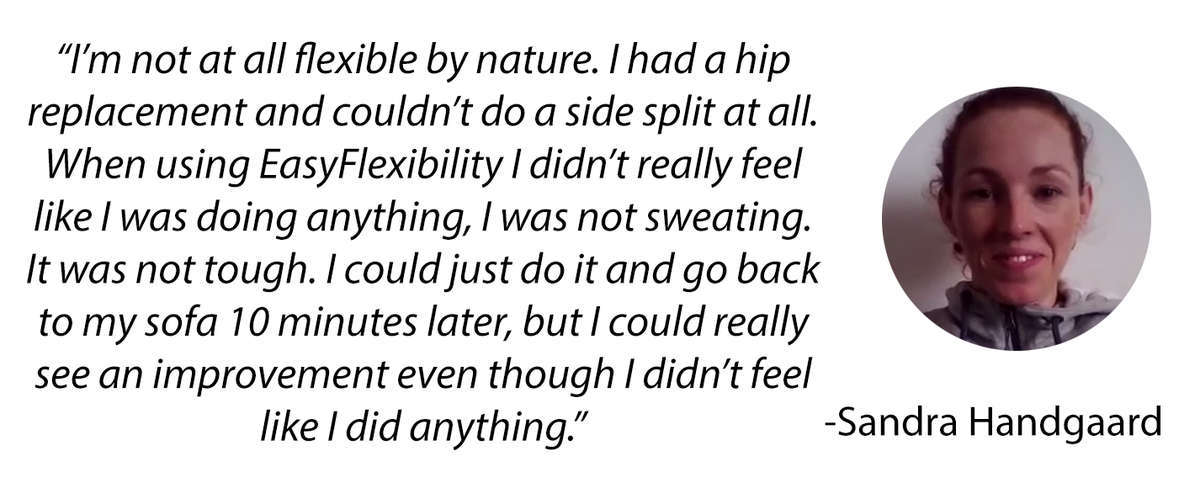
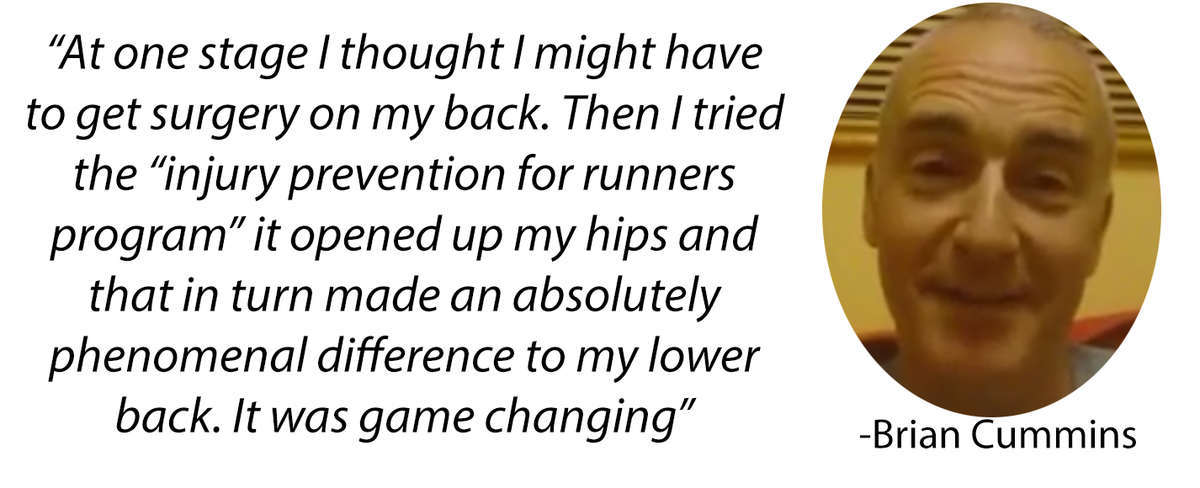

GOODBYE PAINFUL STRETCHES.
HELLO! EASY, FAST AND SAFE FLEXIBILITY!
HELLO! EASY, FAST AND SAFE FLEXIBILITY!
These are not just empty words. Our method is very unique!
It truly is EASY, just ask thousands of satisfied EasyFlexibility practitioners who are already sitting in splits, doing back bends, various Yoga poses, etc, etc., etc.
It truly is EASY, just ask thousands of satisfied EasyFlexibility practitioners who are already sitting in splits, doing back bends, various Yoga poses, etc, etc., etc.
Zaichik Stretching method is FAST!
Some people get flexible within days!
Some see dramatic results after trying the method only one time!
For others it takes just a few weeks!
Some see dramatic results after trying the method only one time!
For others it takes just a few weeks!
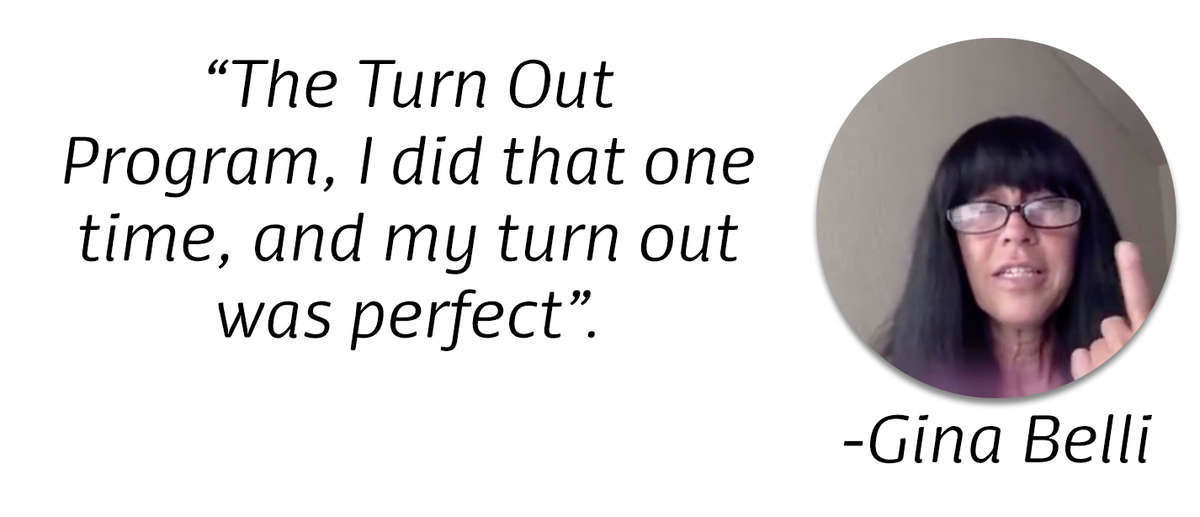
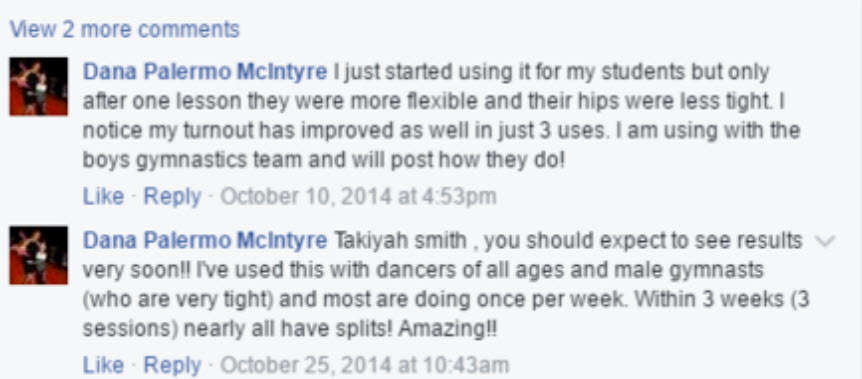
Zaichik Stretching Method is SAFE!
Zaichik Stretching Method has been created by a World Renowned Strength & Flexibility Expert Paul Zaichik with over 30 years experience in the field.
The Zaichik Stretching Method is designed to work with your body, getting you flexible naturally which prevents unnecessary strain on your muscles.
The Zaichik Stretching Method is designed to work with your body, getting you flexible naturally which prevents unnecessary strain on your muscles.
And most importantly, our method is PAIN FREE!
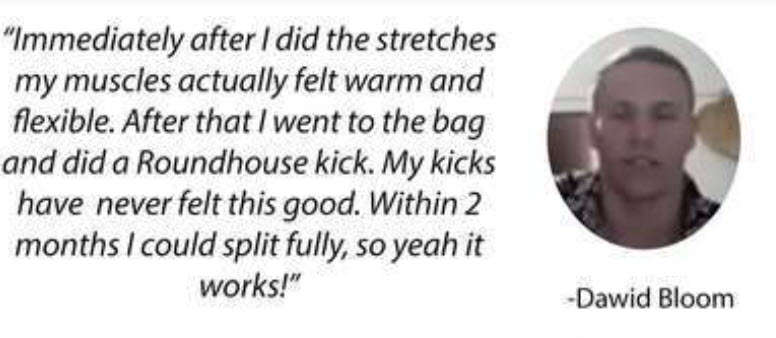
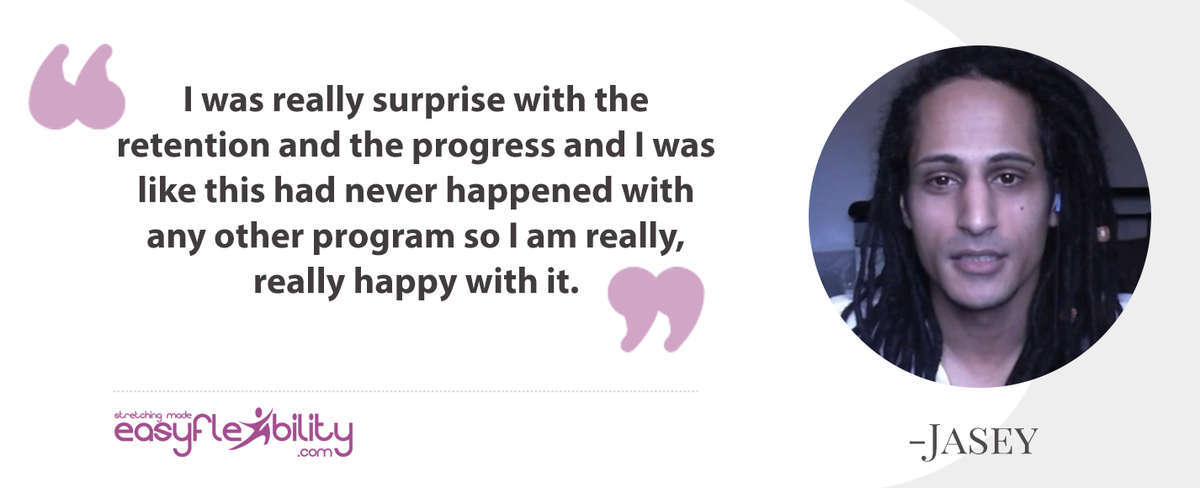

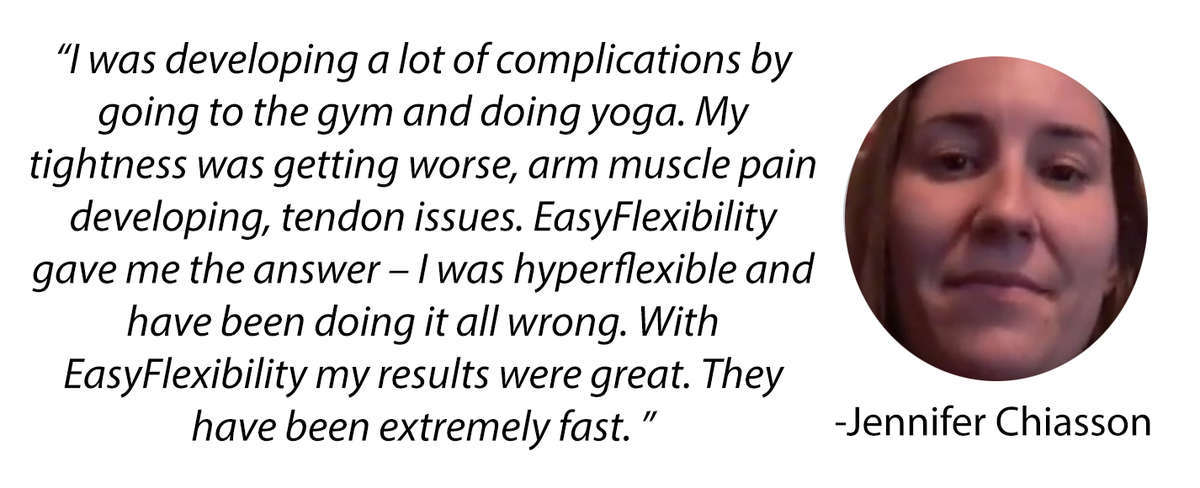
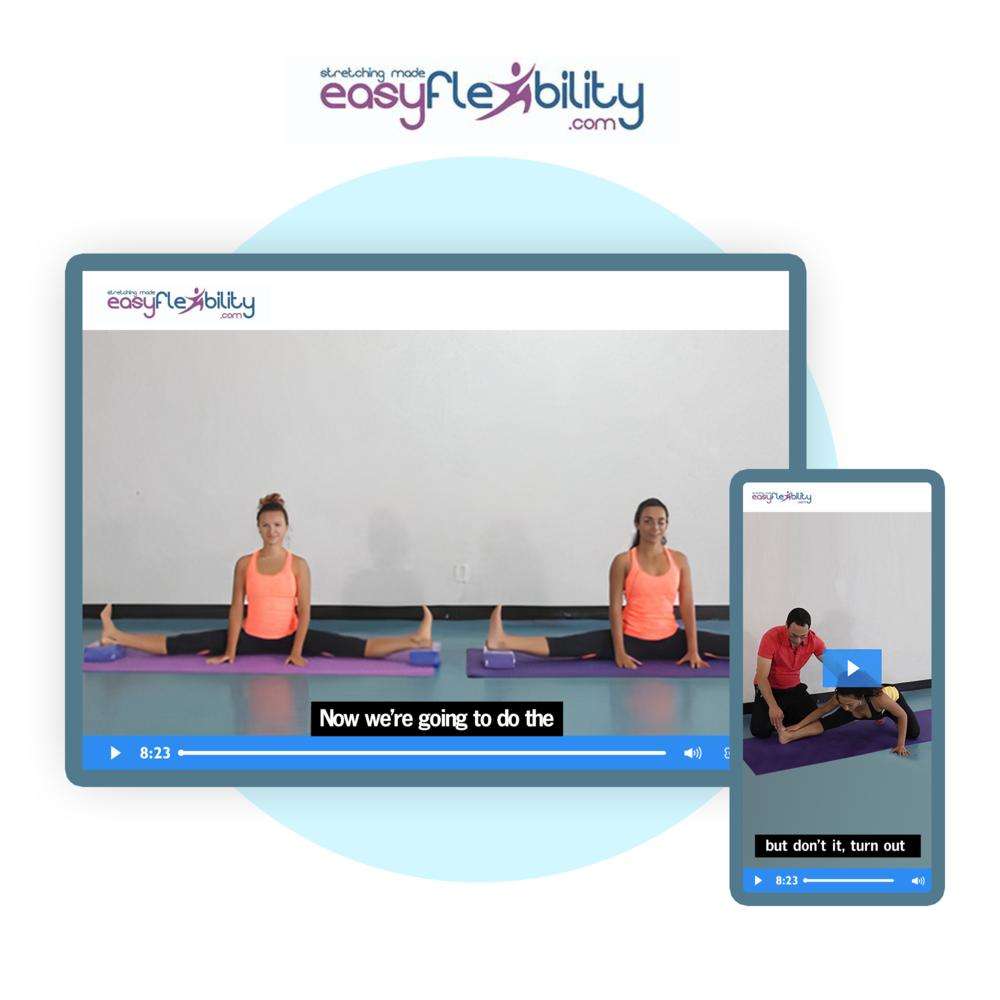
It's easy to get started.
- Select a Program based on your goal.
- Login to your online Library.
- Join customer's only private support group.
- Start training.
- Keep track of your progress with Stretch 180 App!
With the Zaichik Stretching Method you can now get flexible FAST, SAFE, EASY and PAIN FREE!
Zaichik Stretching Method is different from anything you've ever tried before:
It is designed to Isolate muscle actions one by one, to ensure they are doing their job.
This means that every single stretch is scientifically designed to target one muscle at a time, translating into a very safe and nourishing experience for your body.
This means that every single stretch is scientifically designed to target one muscle at a time, translating into a very safe and nourishing experience for your body.
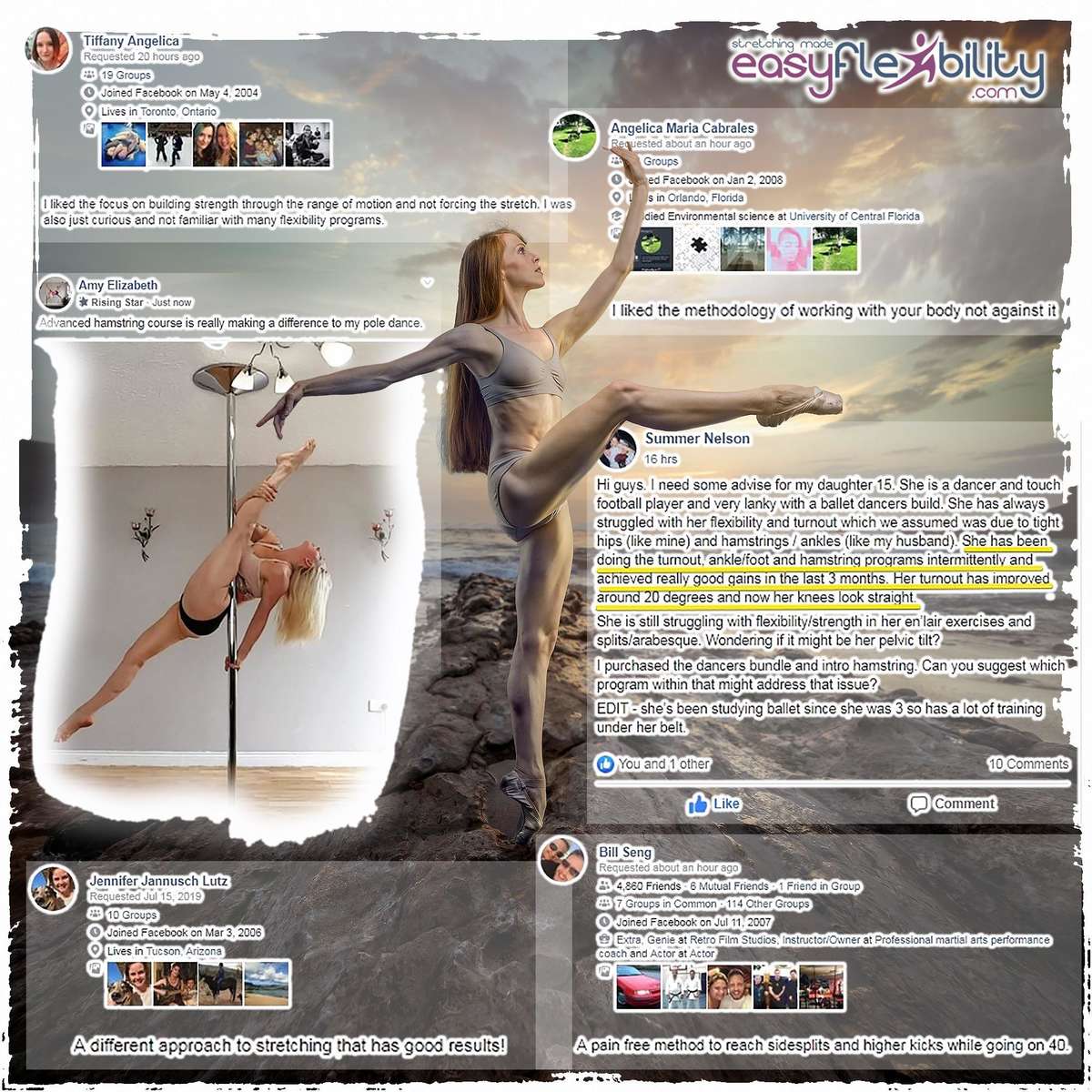
Zaichik Stretching Technique takes care of the muscles that are tighter first.
Tight muscles translate into easy injuries.
Traditional stretching methods focus on all muscle stretches at the same time.
Zaichik Stretching Technique (ZST) allows you to focus on muscles that are the underlying cause of slow progress and potential injury.
Releasing tight muscles first allows for a much more enjoyable stretching session, leaving you feeling renewed, relaxed and refreshed and yet invigorated to tackle any task of the day.
Traditional stretching methods focus on all muscle stretches at the same time.
Zaichik Stretching Technique (ZST) allows you to focus on muscles that are the underlying cause of slow progress and potential injury.
Releasing tight muscles first allows for a much more enjoyable stretching session, leaving you feeling renewed, relaxed and refreshed and yet invigorated to tackle any task of the day.
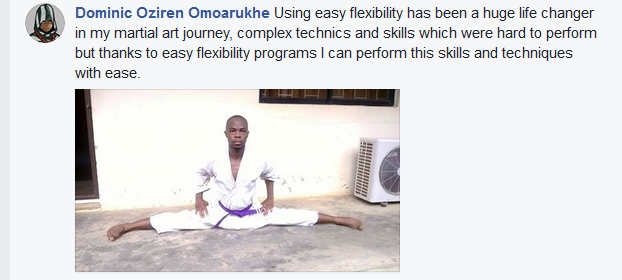
Zaichik Stretching Method allows easier focus since you are working on one specific area at a time.
Instead of doing the same stretches over and over again with ZST method you will be able to strategically focus on a specific area of your body.
This allows muscle memory to kick in and help you achieve steady results.
This allows muscle memory to kick in and help you achieve steady results.
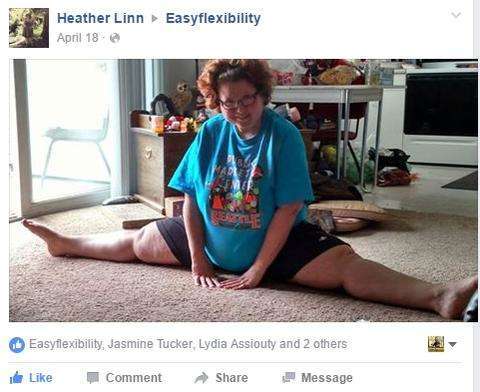
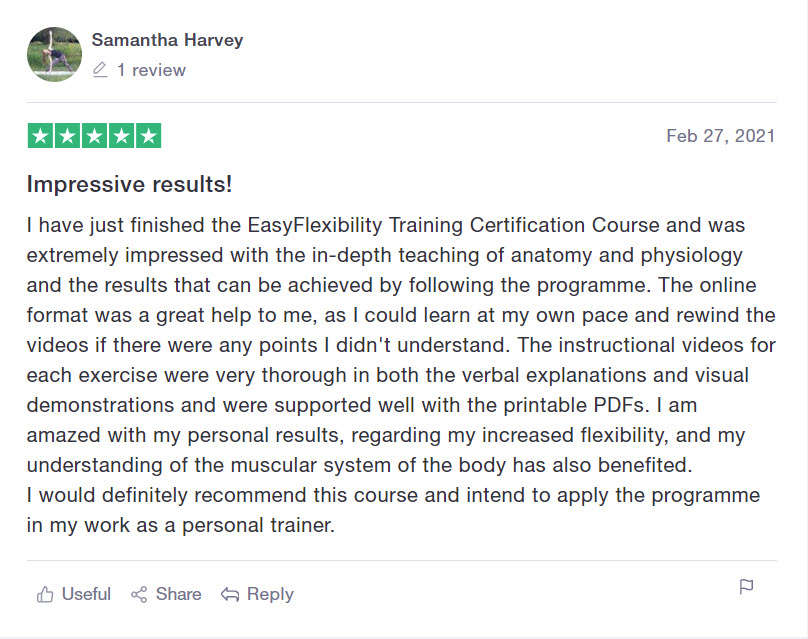
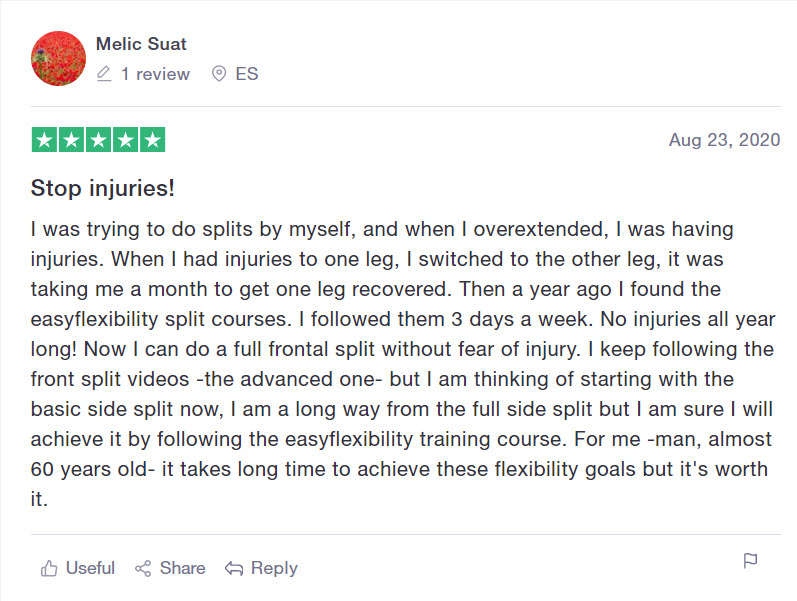
You can do it all on your own!
No pushing or bouncing is necessary, not even a partner.
No pushing or bouncing is necessary, not even a partner.
This is freedom at it's finest, no longer will you need a partner or anything but your own body and the floor to get flexible fast.
This means that you can do these very enjoyable stretches at the time that works for you.
No need to go anywhere or spend tons of money on one-on-one stretching sessions that don't work.
With ZST you acquire much more than freedom, you acquire the KEY to success!
This means that you can do these very enjoyable stretches at the time that works for you.
No need to go anywhere or spend tons of money on one-on-one stretching sessions that don't work.
With ZST you acquire much more than freedom, you acquire the KEY to success!
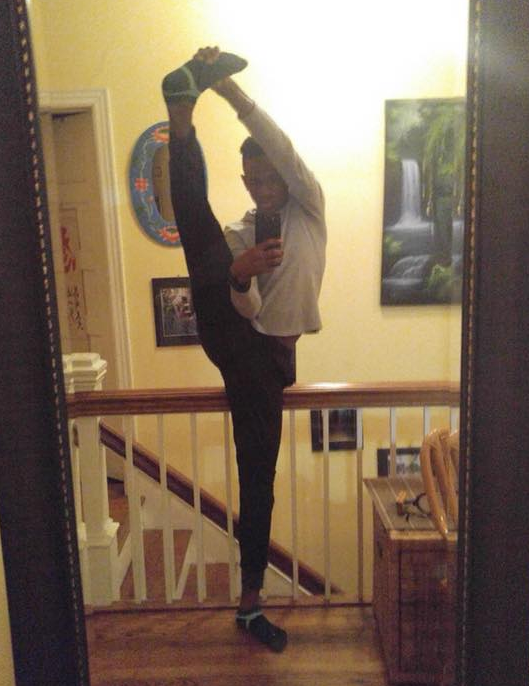
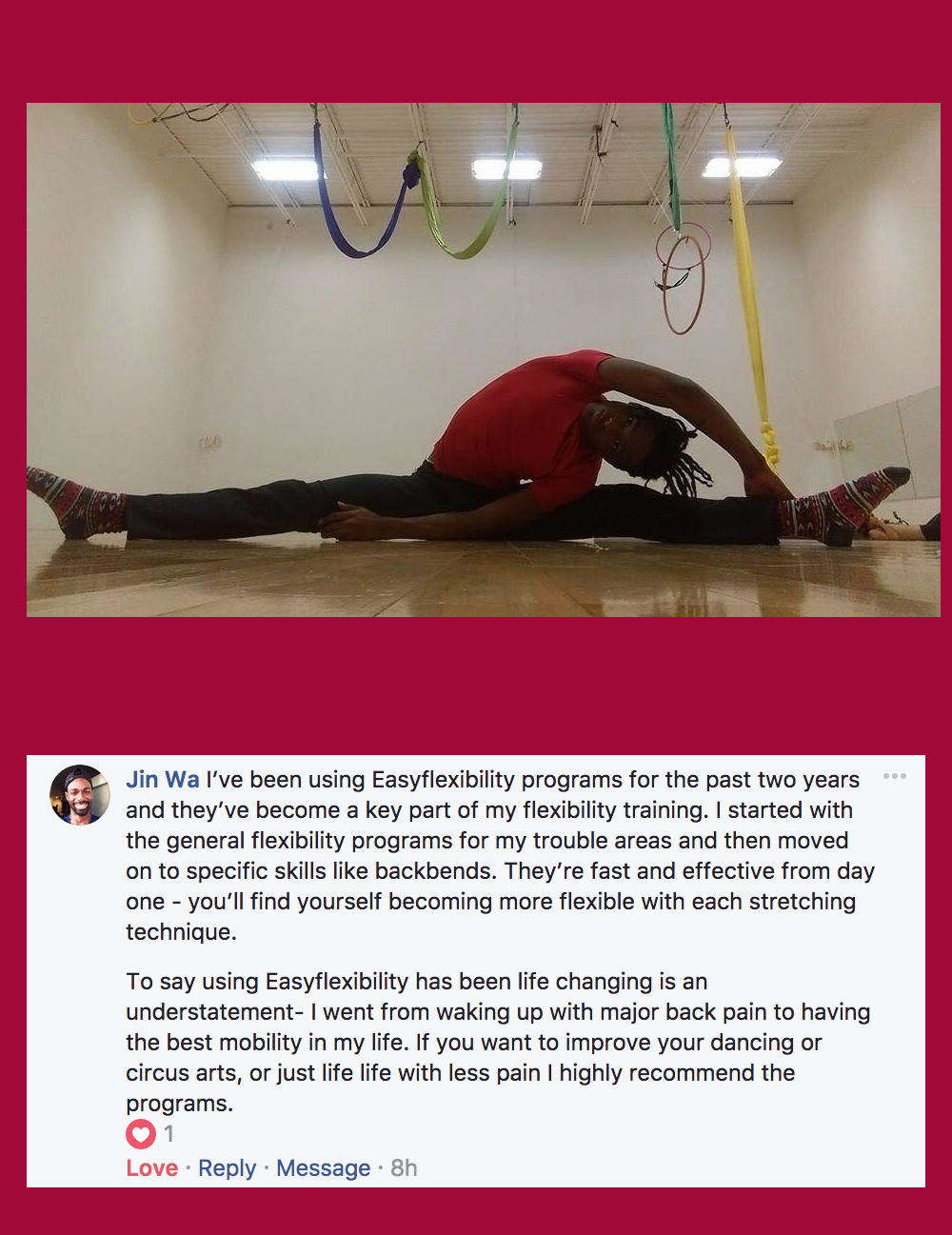
Zaichik Stretching Method is PAIN FREE!
Remember that phrase "No Pain - No Gain?"
Well, it doesn't apply to our method.
Each stretch is designed to be Pain-FREE.
Thereby eliminating discomfort to allow you to continue training to achieve faster results.
Each stretch is designed to be Pain-FREE.
Thereby eliminating discomfort to allow you to continue training to achieve faster results.
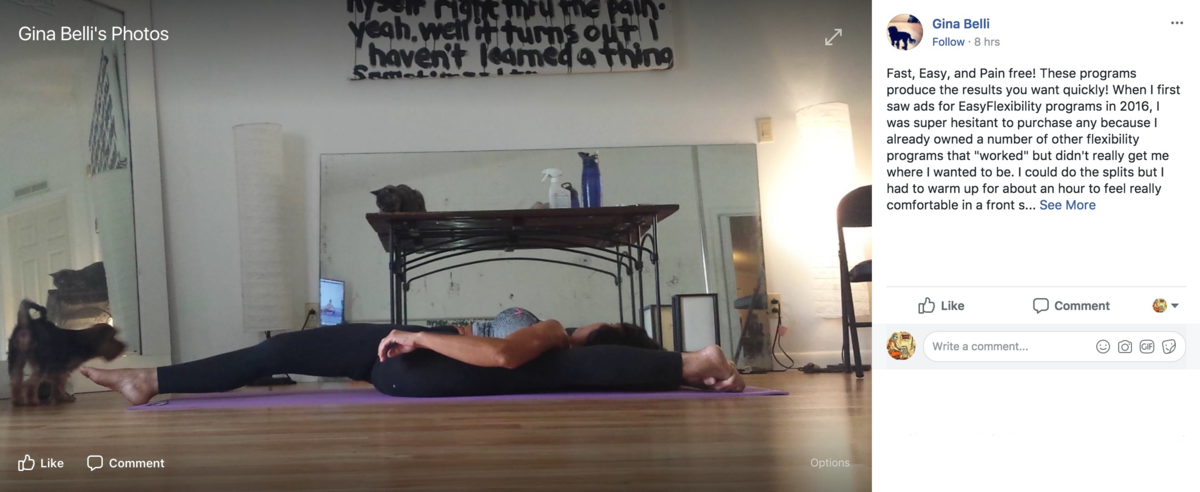
Zaichik Stretching Method is the only stretching method that is NATURAL for YOUR BODY!
Totally safe, since it was designed according to what is natural for your body.
Paul Zaichik, a World Renowned Fitness & Flexibility expert has spent many decades perfecting the Zaichik Stretching Techniques.
Having tested this method on himself, his family and thousands of people around the world the conclusion was evident.
Everyone achieved results without injuries!
This is possible due to the succession of each element forming the ZST.
Each technique responding to the natural movement of the body, transforming it from within.
Paul Zaichik, a World Renowned Fitness & Flexibility expert has spent many decades perfecting the Zaichik Stretching Techniques.
Having tested this method on himself, his family and thousands of people around the world the conclusion was evident.
Everyone achieved results without injuries!
This is possible due to the succession of each element forming the ZST.
Each technique responding to the natural movement of the body, transforming it from within.

Gains are permanent and steady.
Unlike other stretching techniques ZST is designed to give you results that last.
No longer will you need to start over every time you stretch.
Utilizing muscle memory, your body will start from where it left off the last time you stretched, working in unison with your mind and your desire to progress further.
The endless struggle of mind vs matter will come to an end where your body will be in tune with your mind allowing for fast flexibility gains steadily helping you to attain your goals.
No longer will you need to start over every time you stretch.
Utilizing muscle memory, your body will start from where it left off the last time you stretched, working in unison with your mind and your desire to progress further.
The endless struggle of mind vs matter will come to an end where your body will be in tune with your mind allowing for fast flexibility gains steadily helping you to attain your goals.
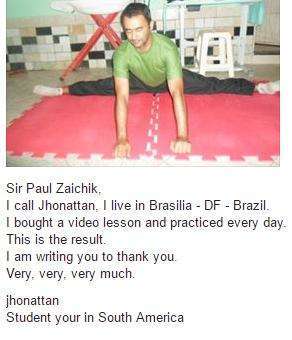
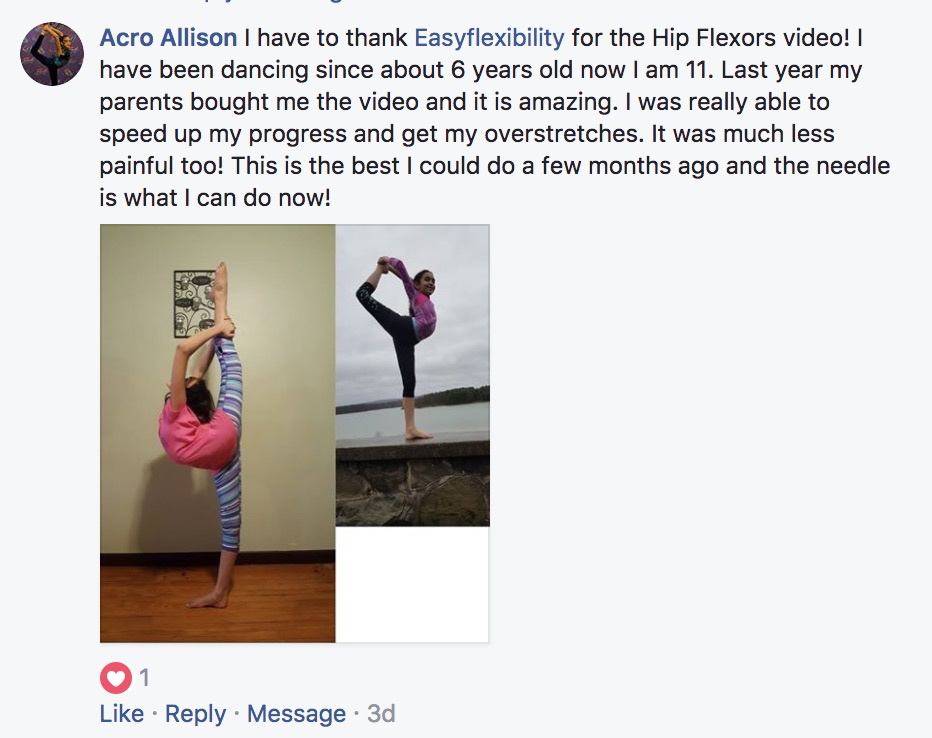
Zaichik Stretching Method combines Strength & Flexibility into One workout session!
It is very enjoyable to do, and feels more like a workout.
If you're worried that you will not have enough time to squeeze in a full body workout, you will.
With ZST method you're getting much more than just a stretching routine.
You are also getting a strength training workout.
Strengthening and stretching your muscles in one session is a win-win for your body, keeping it a lean, mean, strength and flexibility performing machine.
Each ZST session will have you walk away refreshed, relaxed and yet invigorated ready for the most rigorous activity of the day.
If you're worried that you will not have enough time to squeeze in a full body workout, you will.
With ZST method you're getting much more than just a stretching routine.
You are also getting a strength training workout.
Strengthening and stretching your muscles in one session is a win-win for your body, keeping it a lean, mean, strength and flexibility performing machine.
Each ZST session will have you walk away refreshed, relaxed and yet invigorated ready for the most rigorous activity of the day.
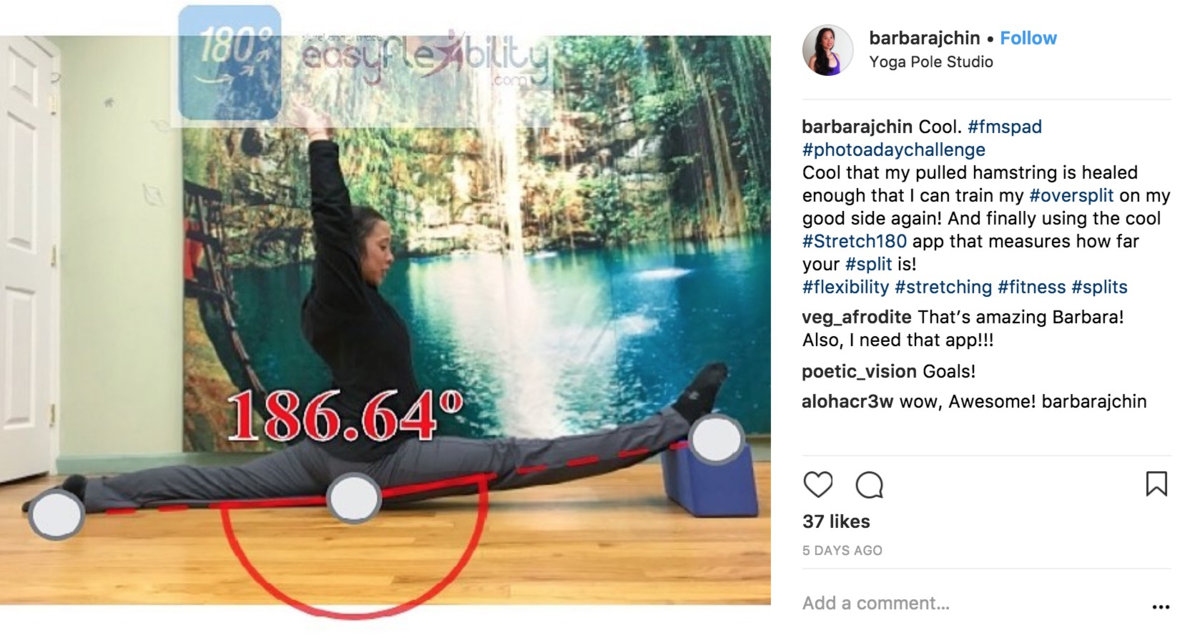

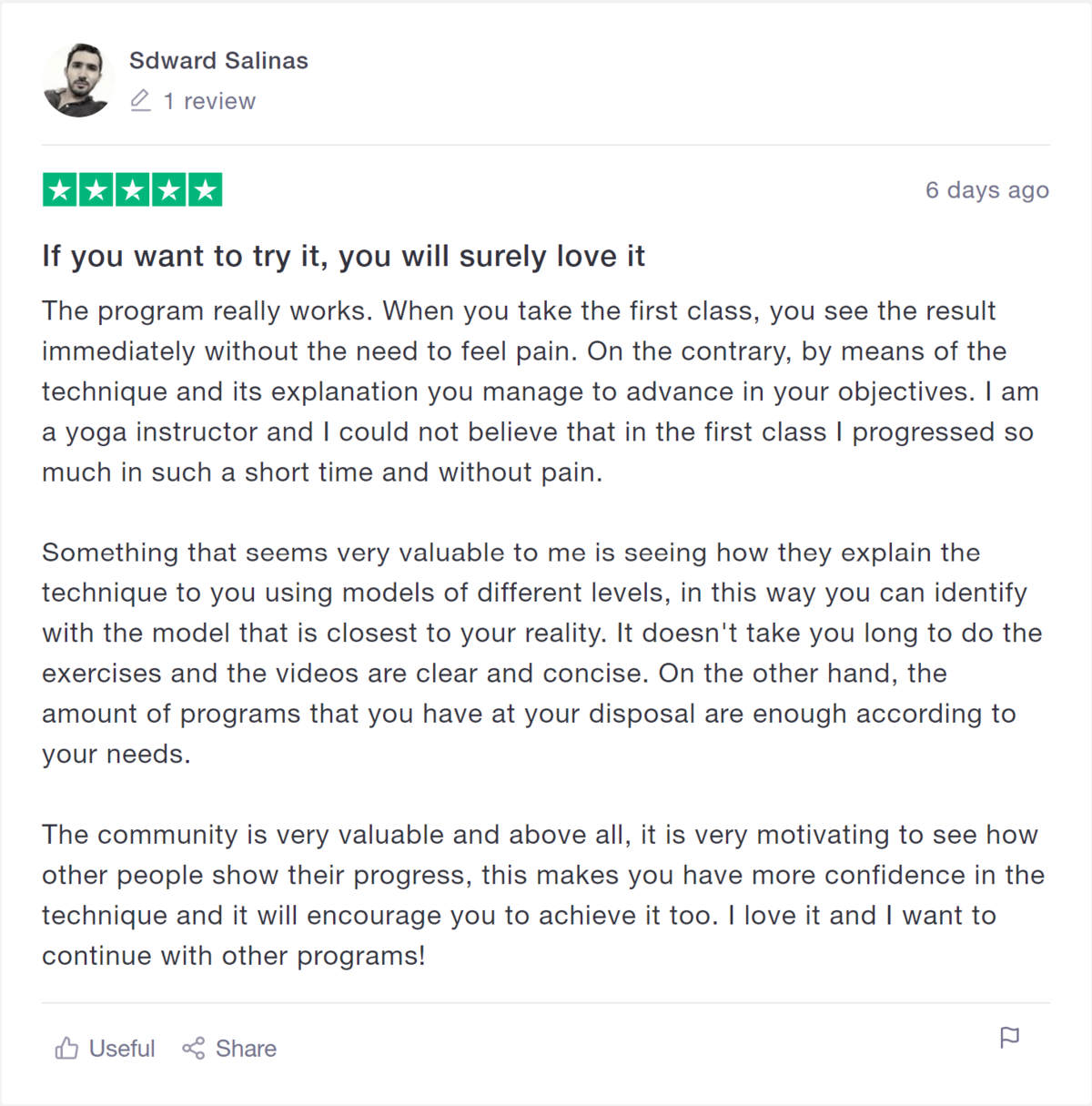
With ZST results are visible right away since the stretch reflex is avoided!
This only means one thing: You'll get to show off your flexibility in no time!
After experiencing the Zaichik Stretching Techniques:
"Watch out for my superhuman flexibility" will become your mantra.
After experiencing the Zaichik Stretching Techniques:
"Watch out for my superhuman flexibility" will become your mantra.
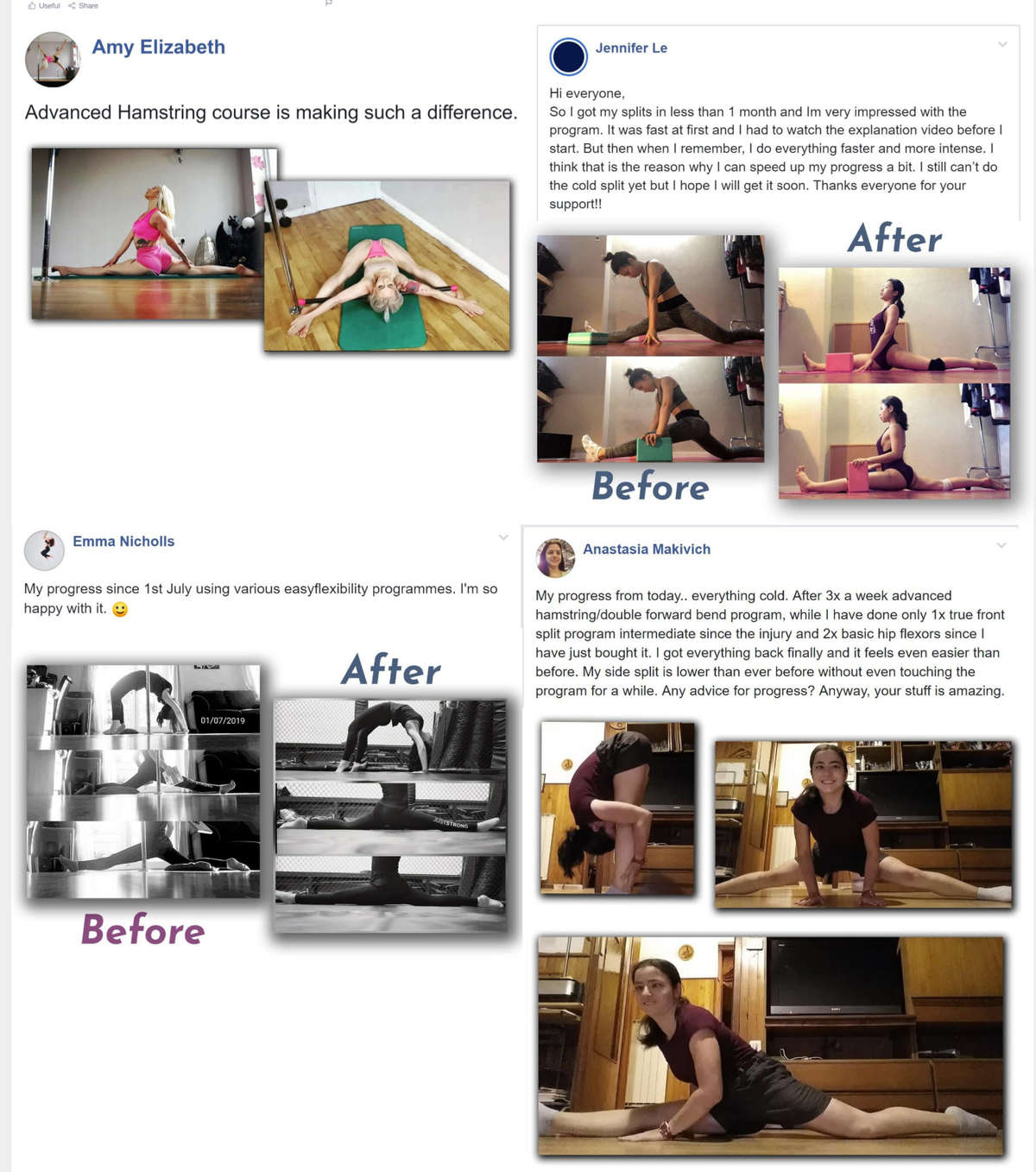
Ready to get started?
Thousands of people worldwide have achieved the same results you're dreaming about and you can too!
Thousands of people worldwide have achieved the same results you're dreaming about and you can too!
Got my flexibility back after many years!
I have been a professional dancer for over 10 years this DVD is now part of my training regimen I had an average turnout, but with use of this program, I have seen amazing results. My body is in correct alignment and my knees are not stressed out, because my turnout is coming from the hip. Thank you Easy Flexibility, it feels great to do a Grand Plie !! Mary Ellen Valenti
NOW PICK YOUR PROGRAM BELOW AND MAKE YOUR DREAM A REALITY!
Pick your program or combo below.
If you'd like to know about each of the programs in detail
CLICK ON THE PICTURES.
Should you need further assistance please write to us at: info@easyflexibility.com
CLICK ON THE PICTURES.
Should you need further assistance please write to us at: info@easyflexibility.com
Share this post
1 comment

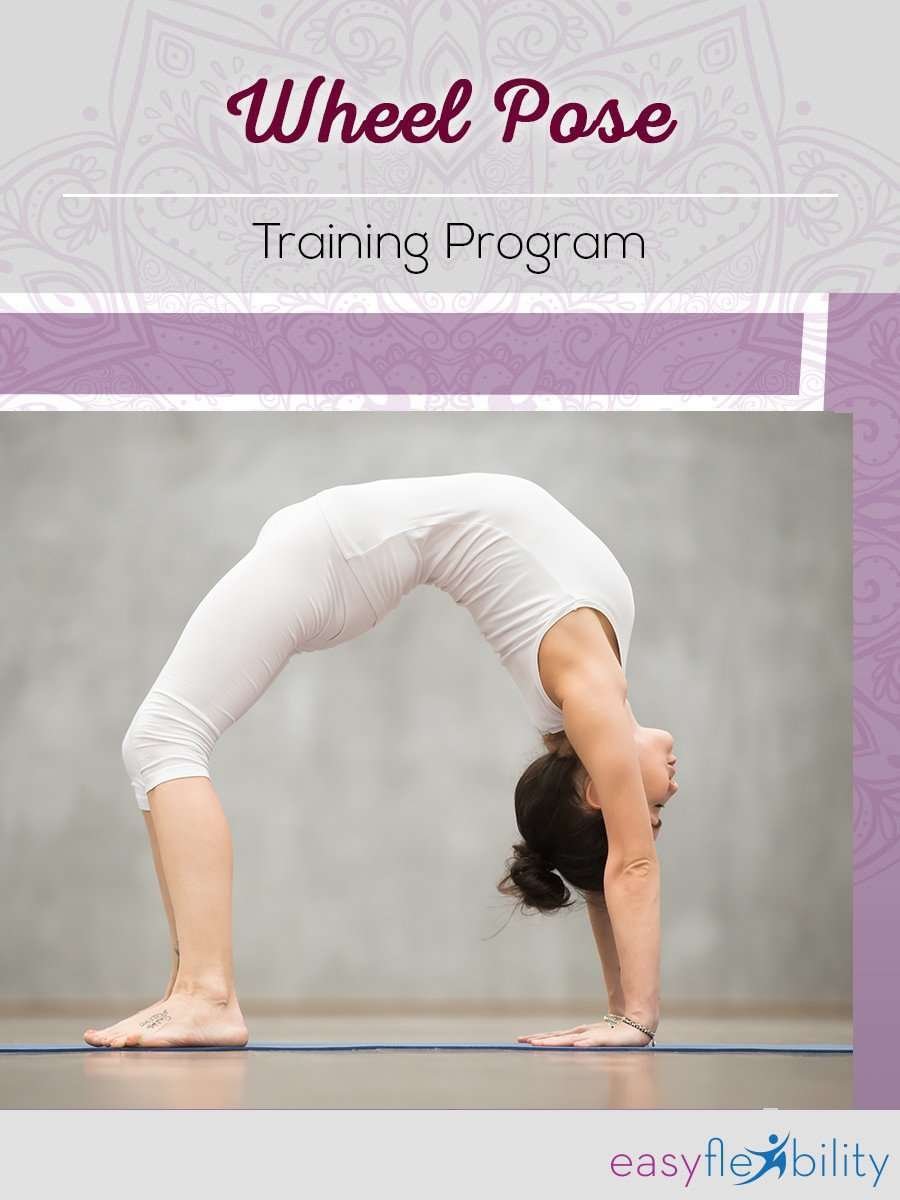
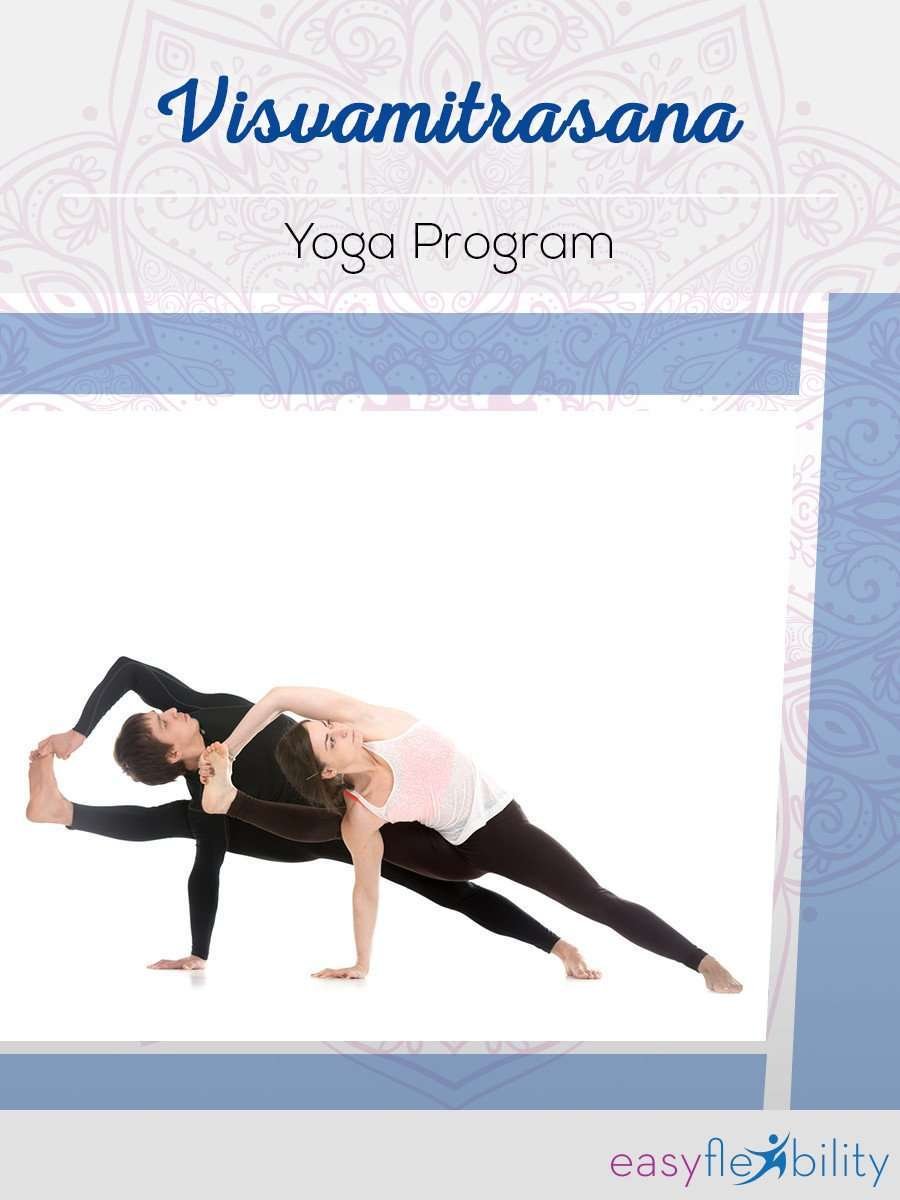
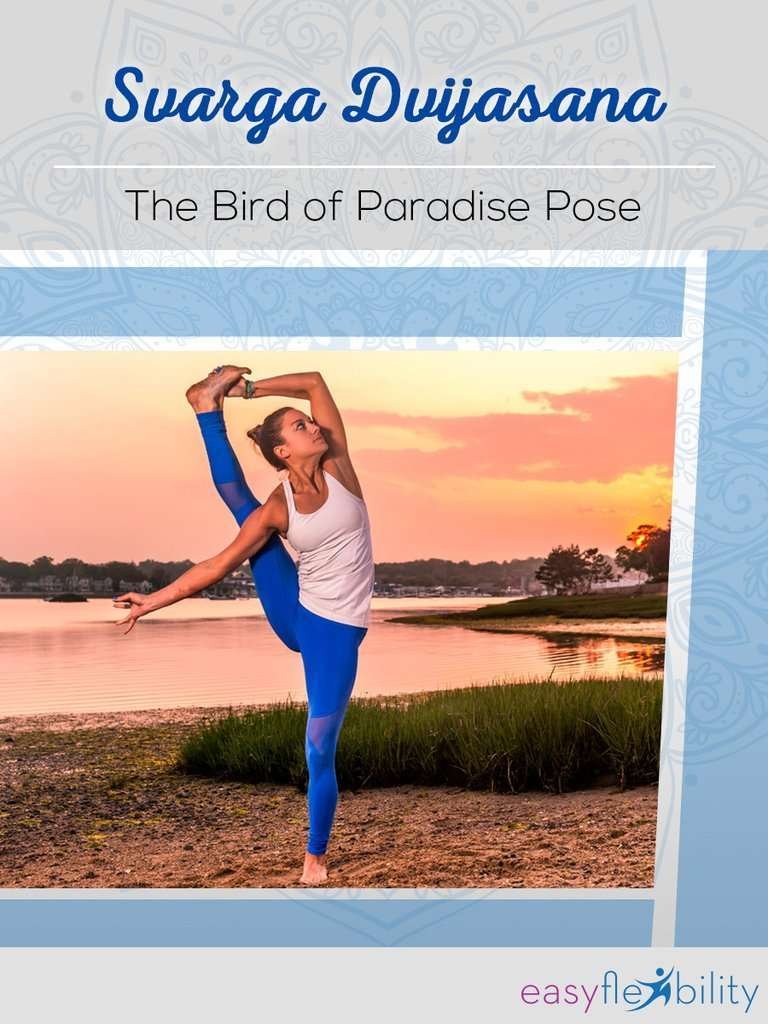
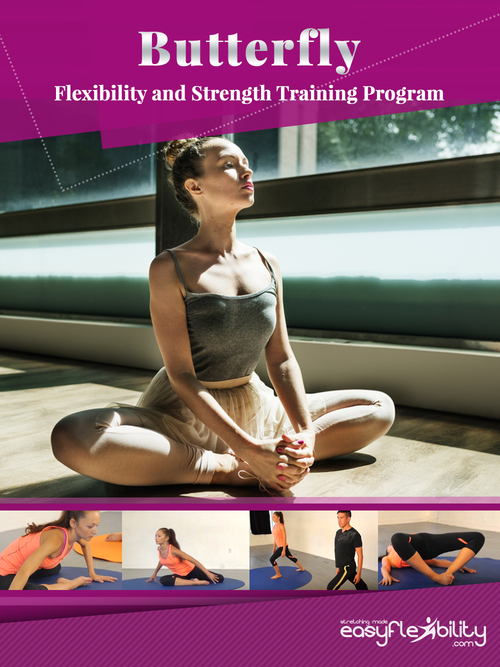

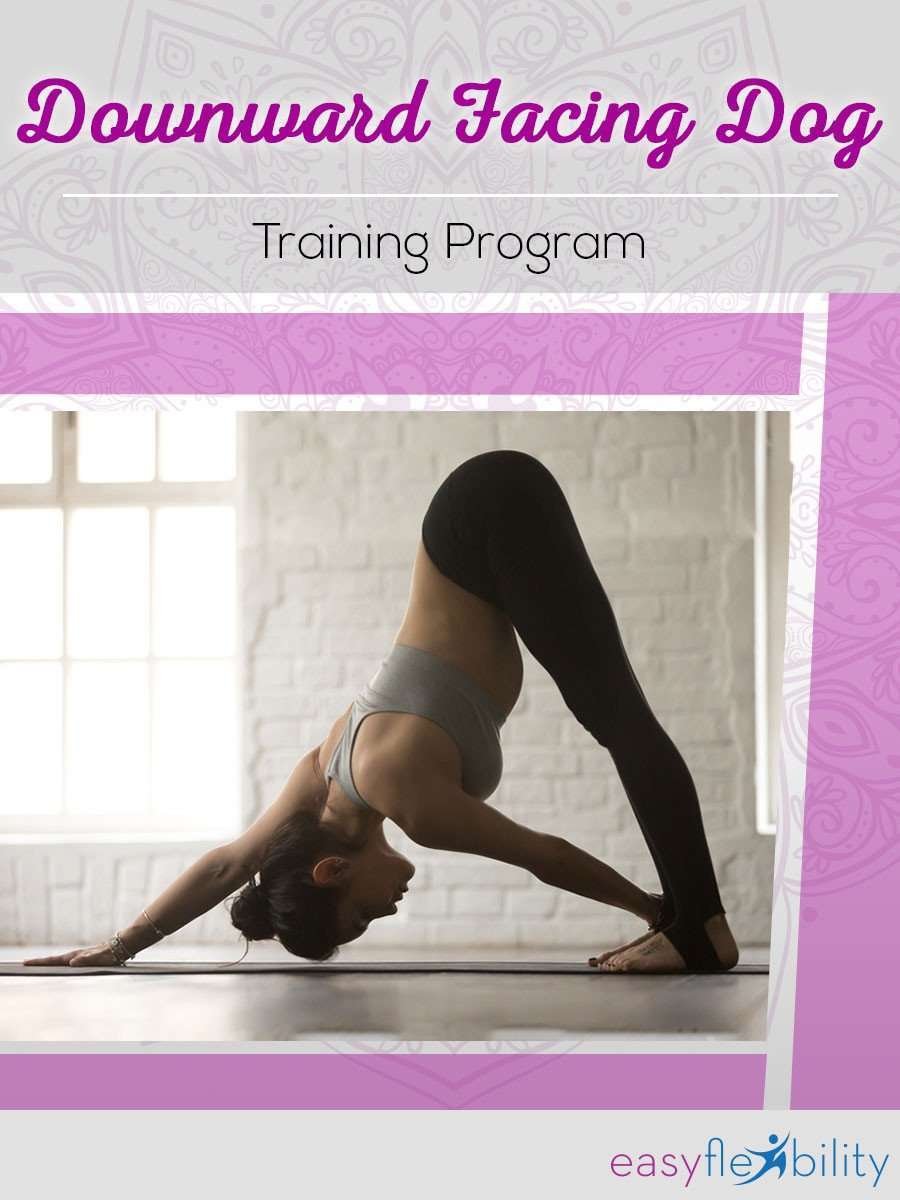
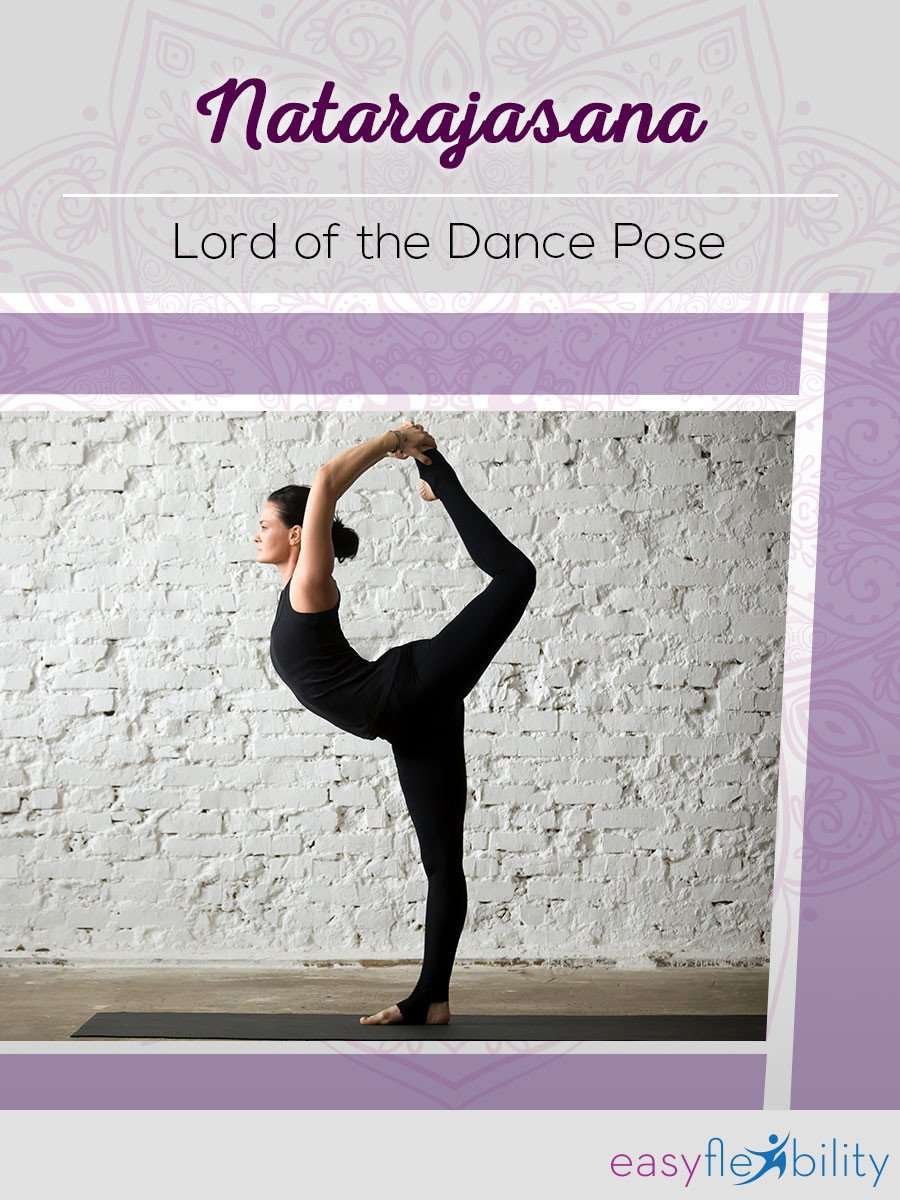
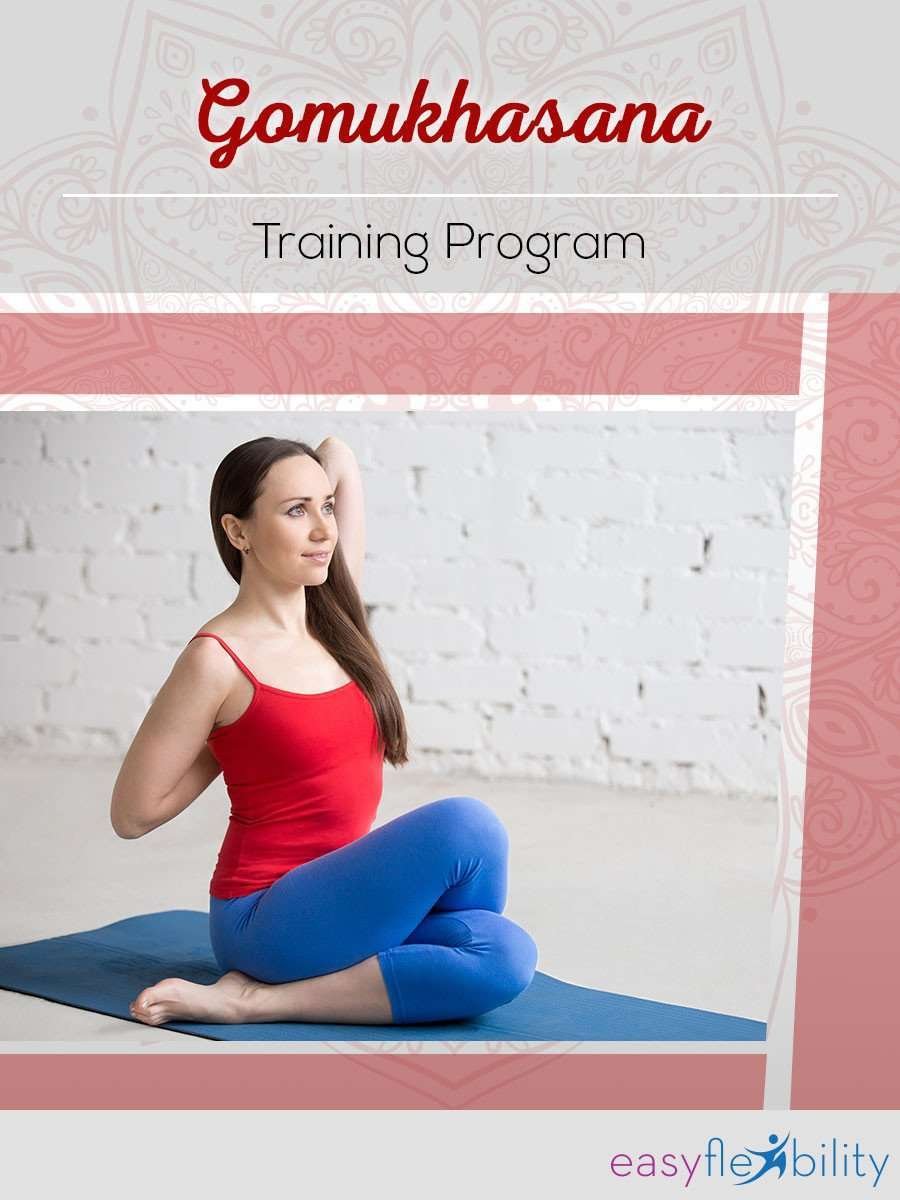
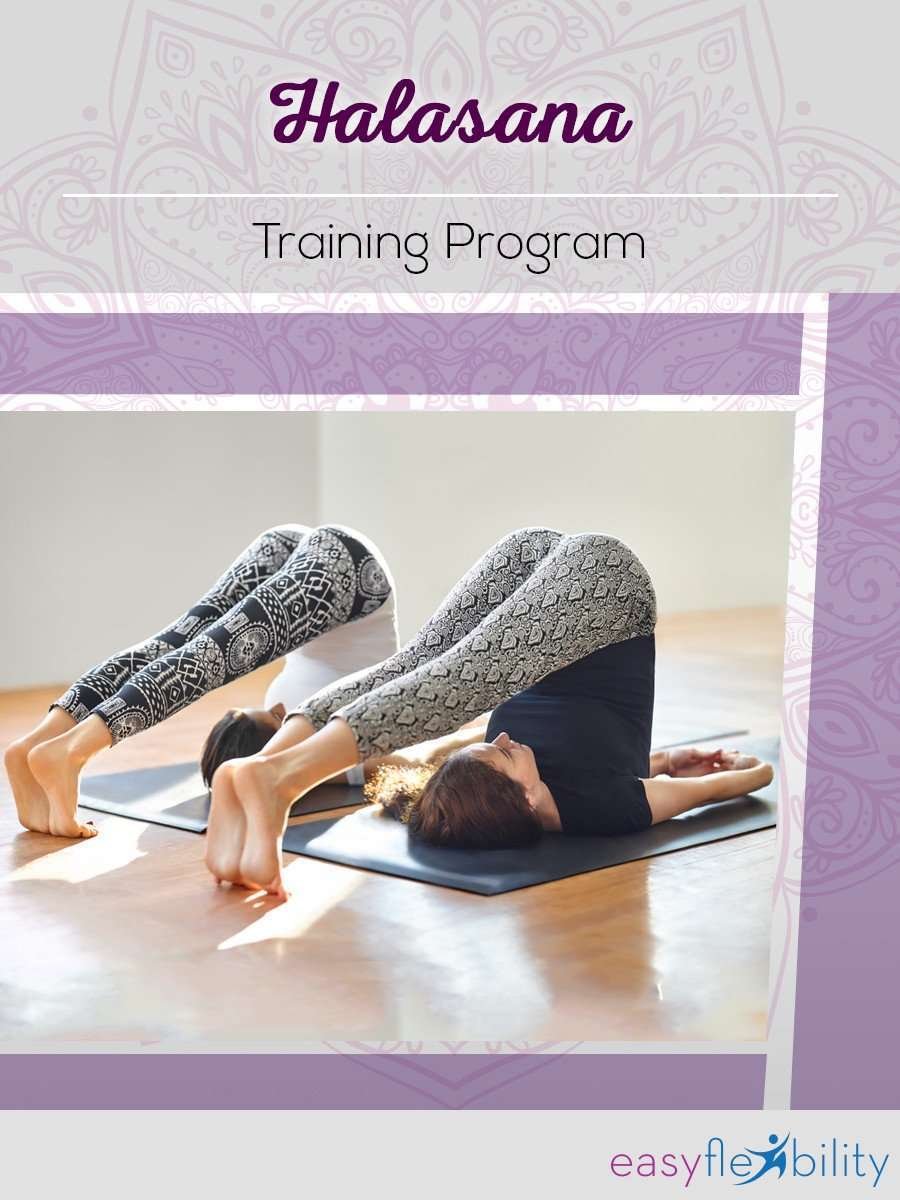
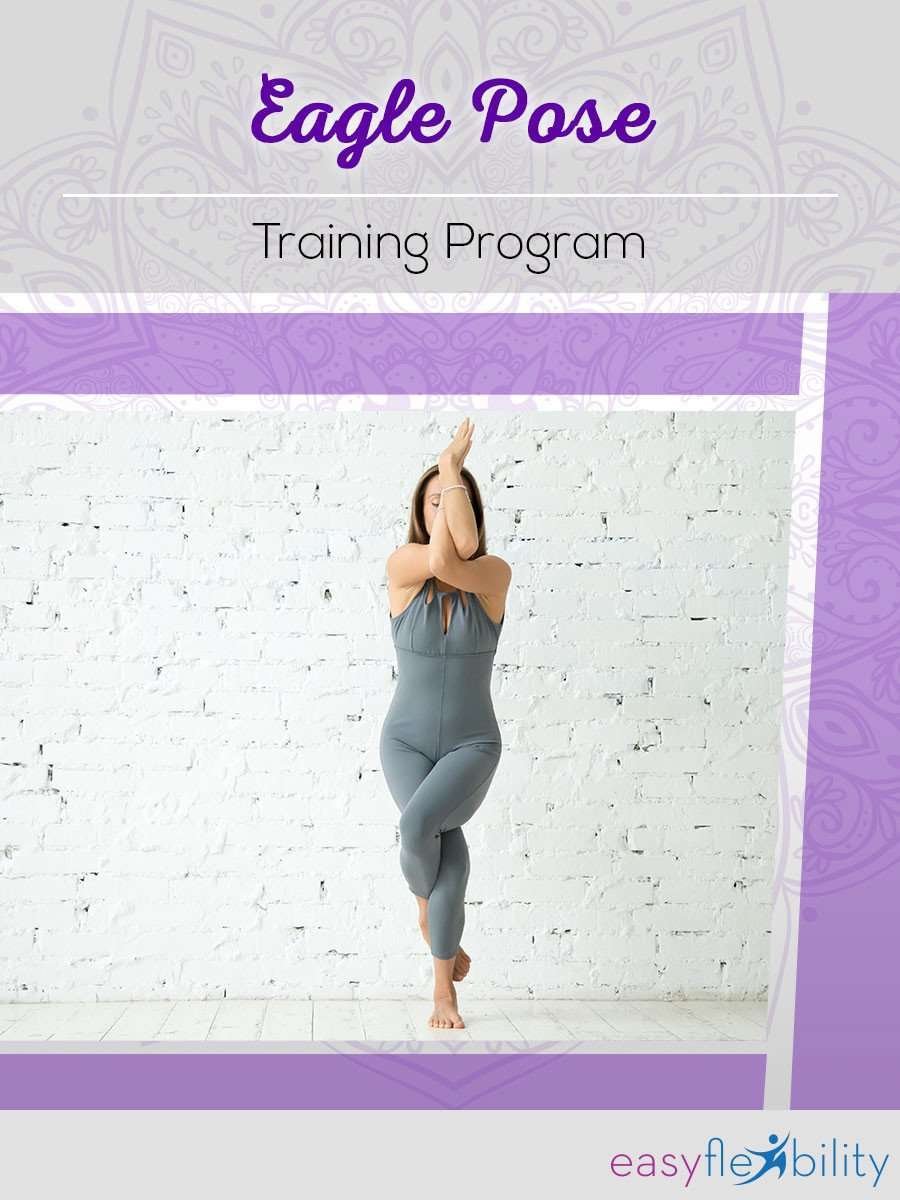
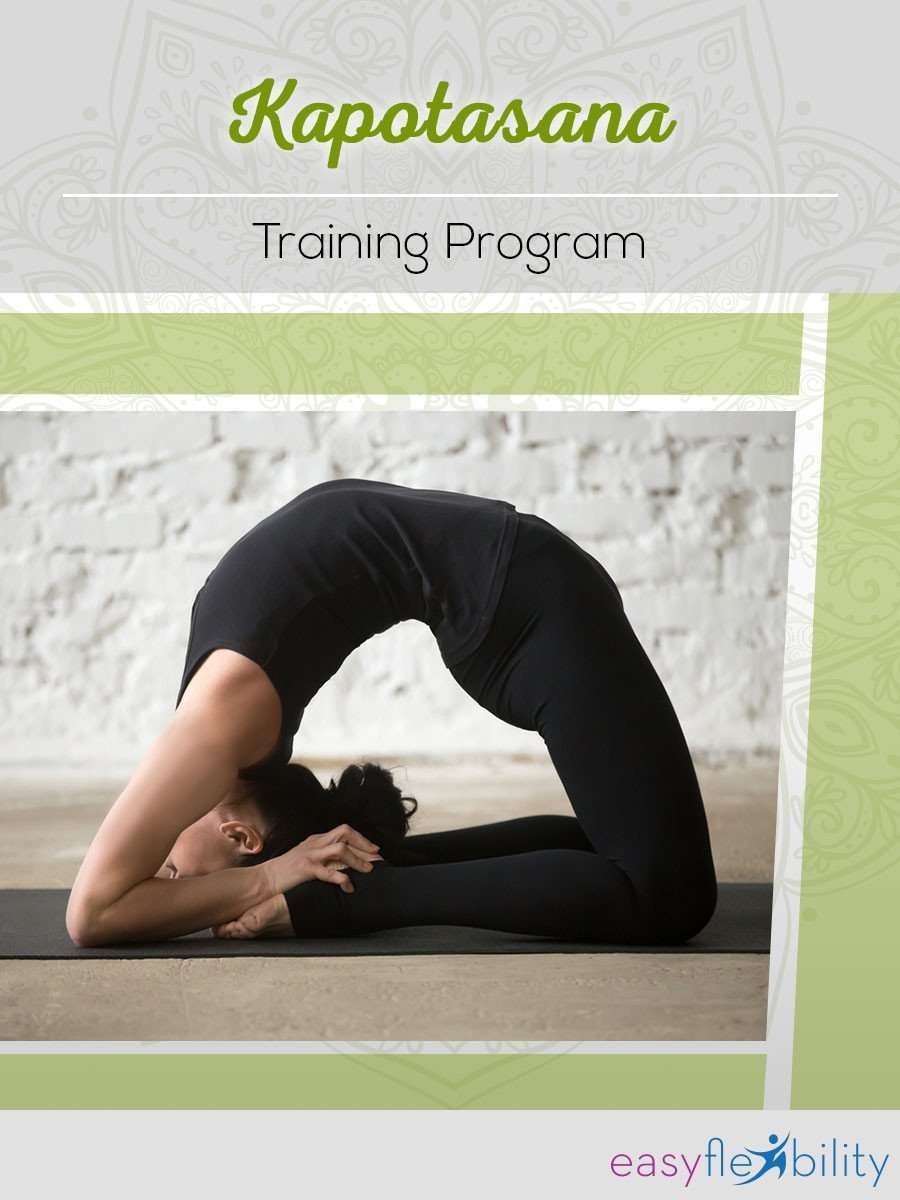
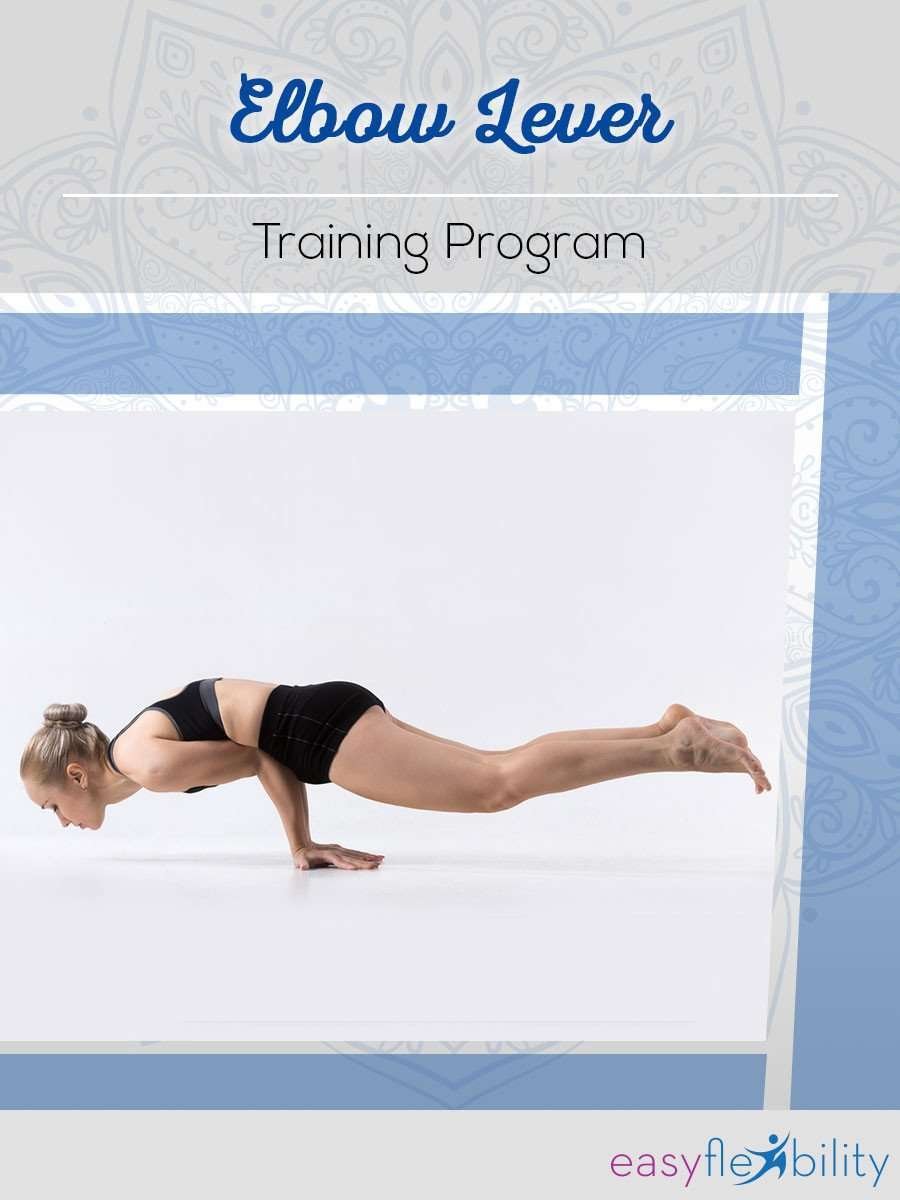


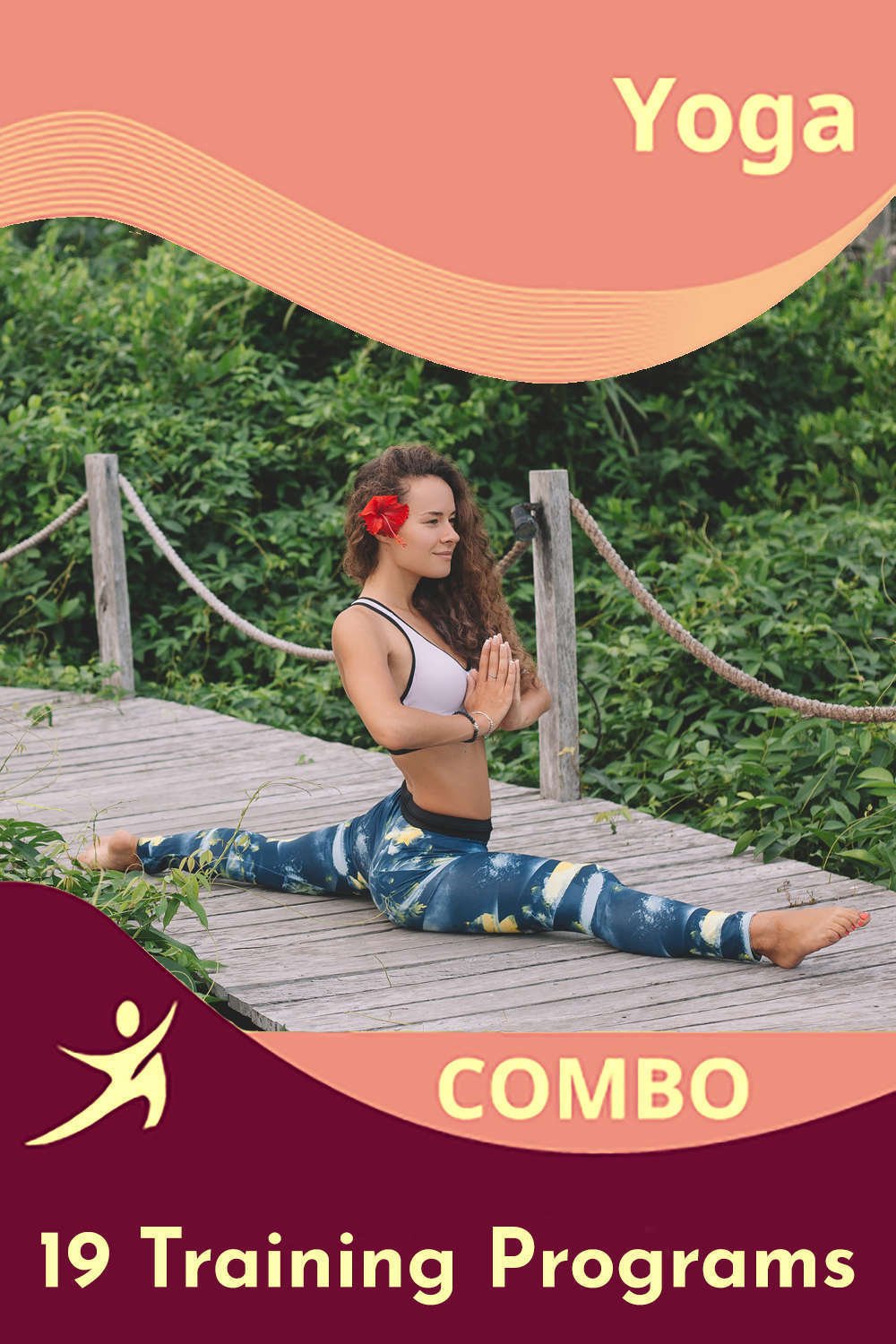
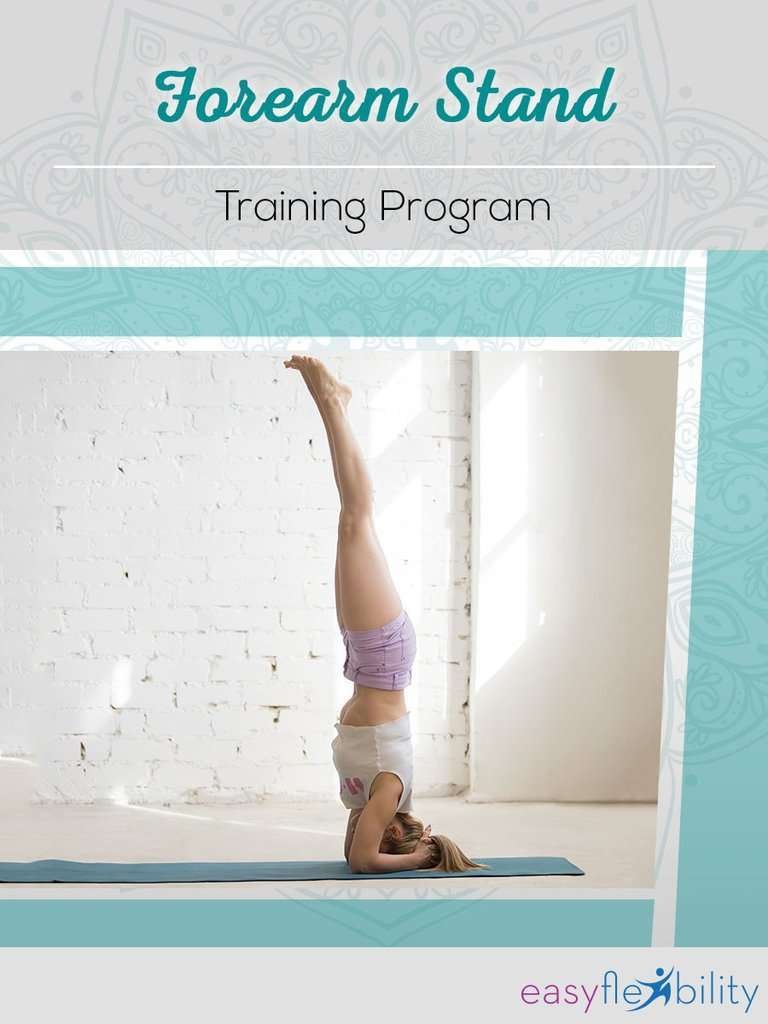
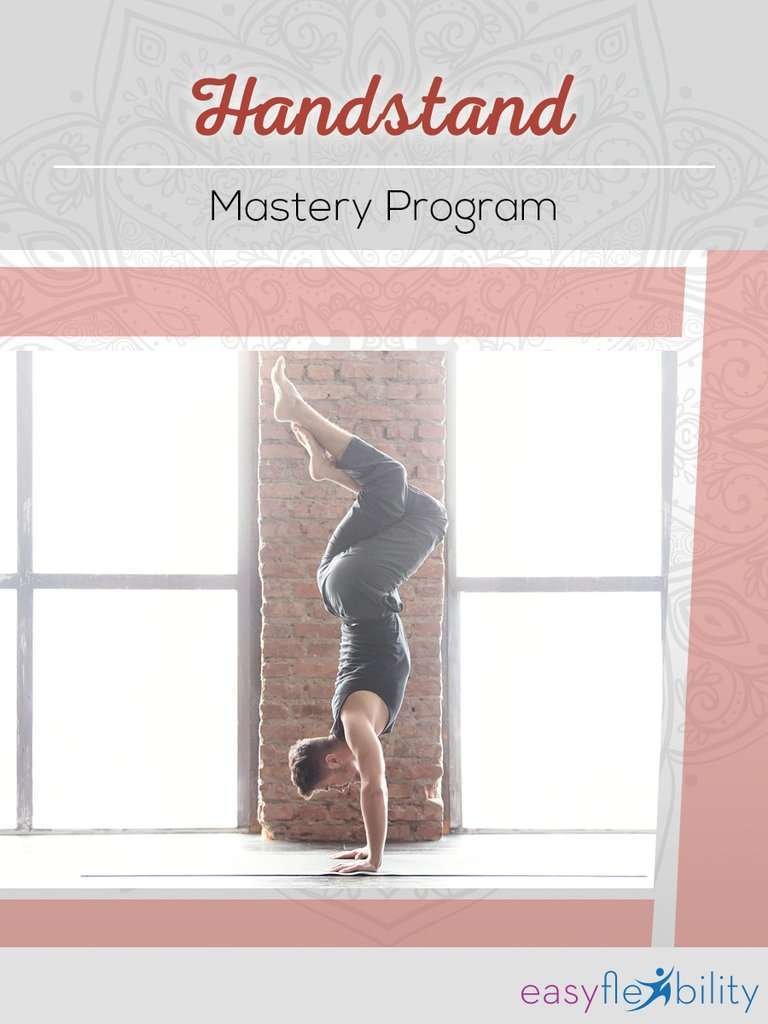
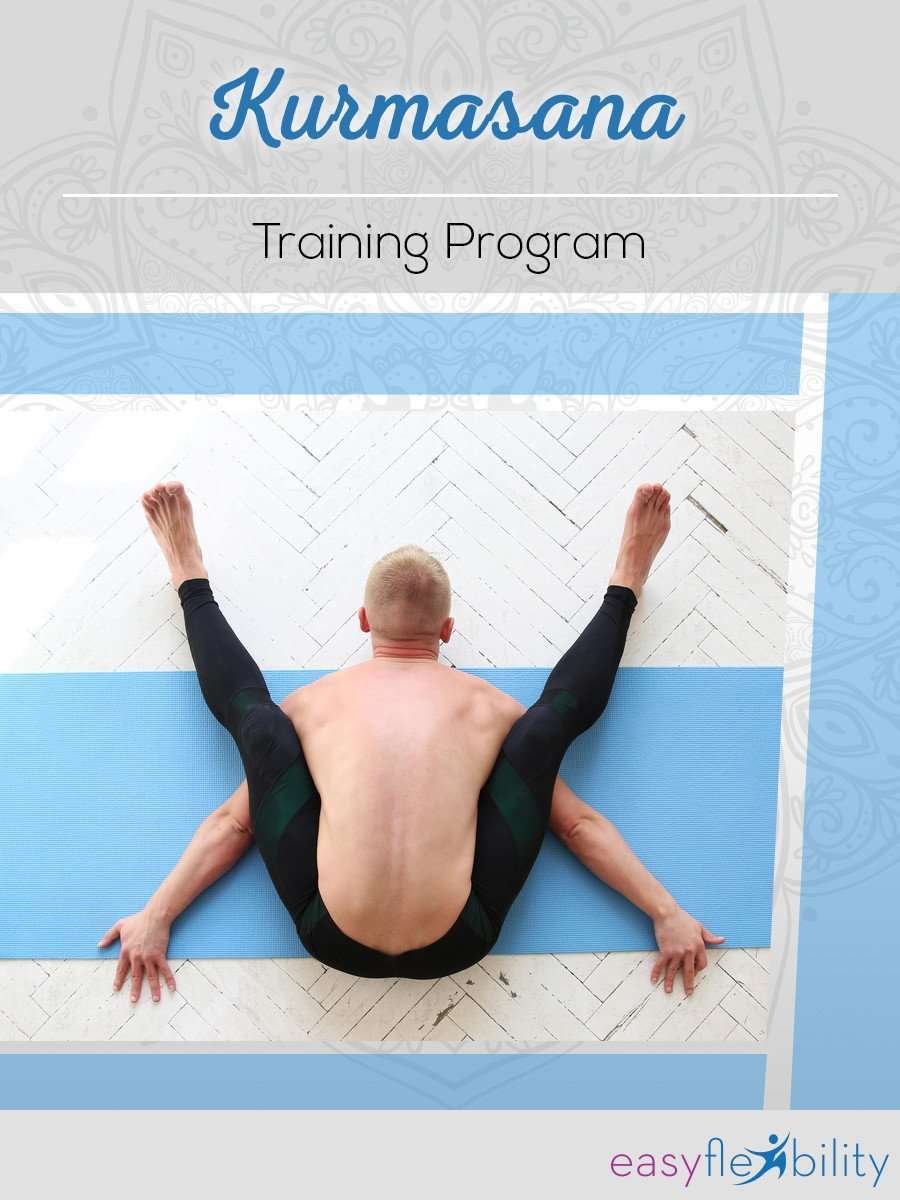
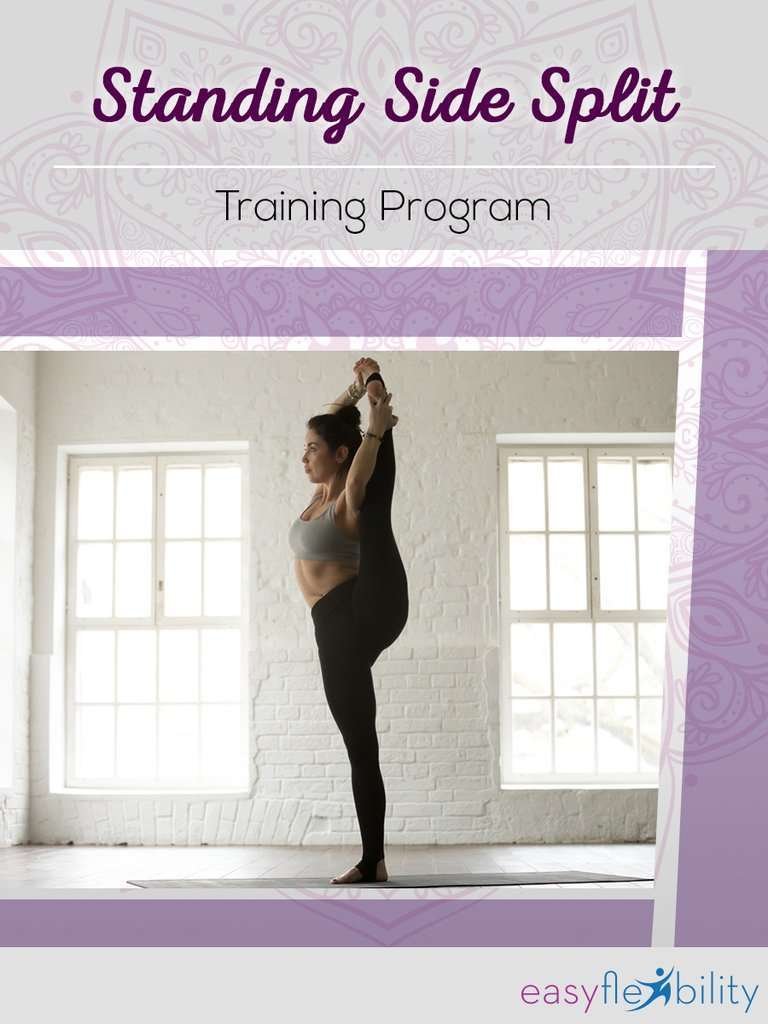
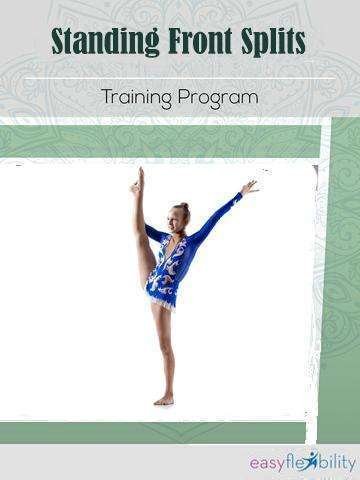
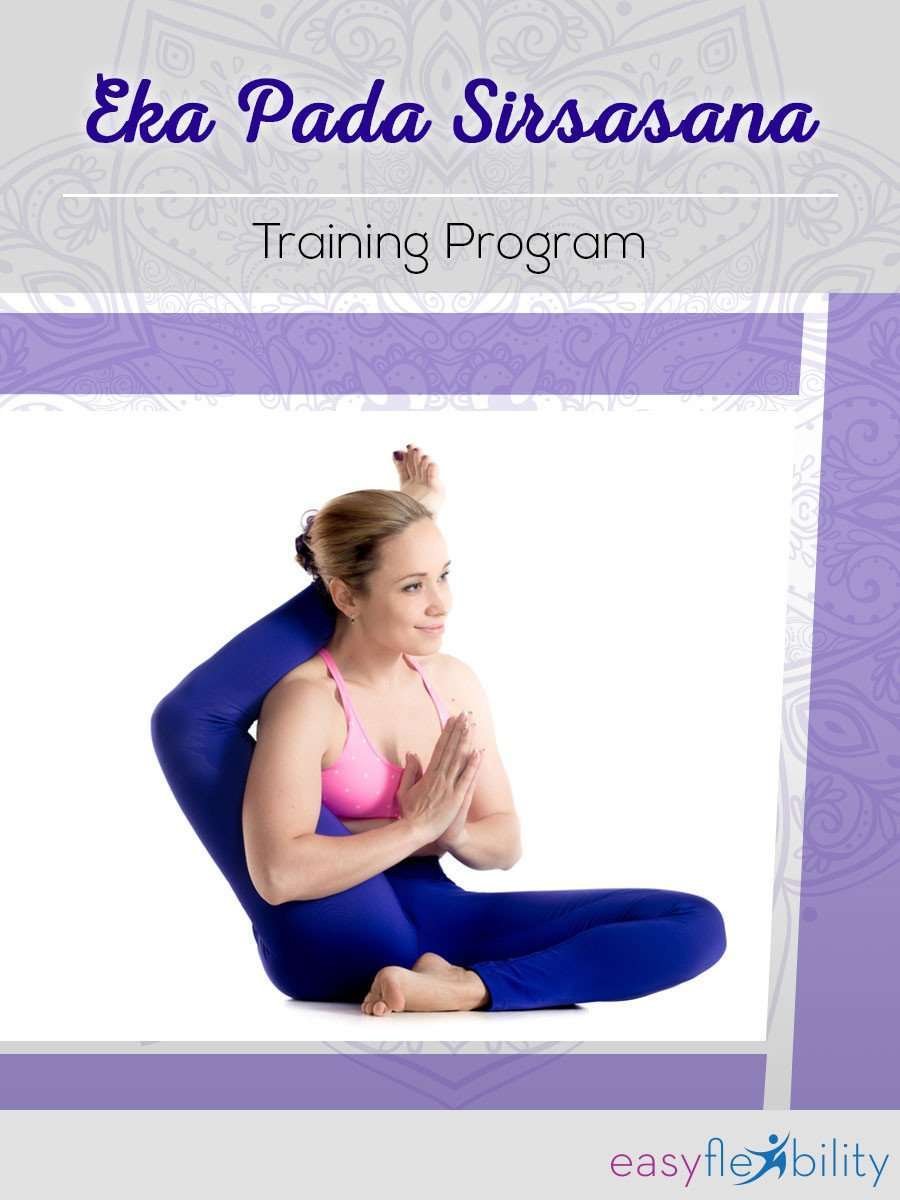

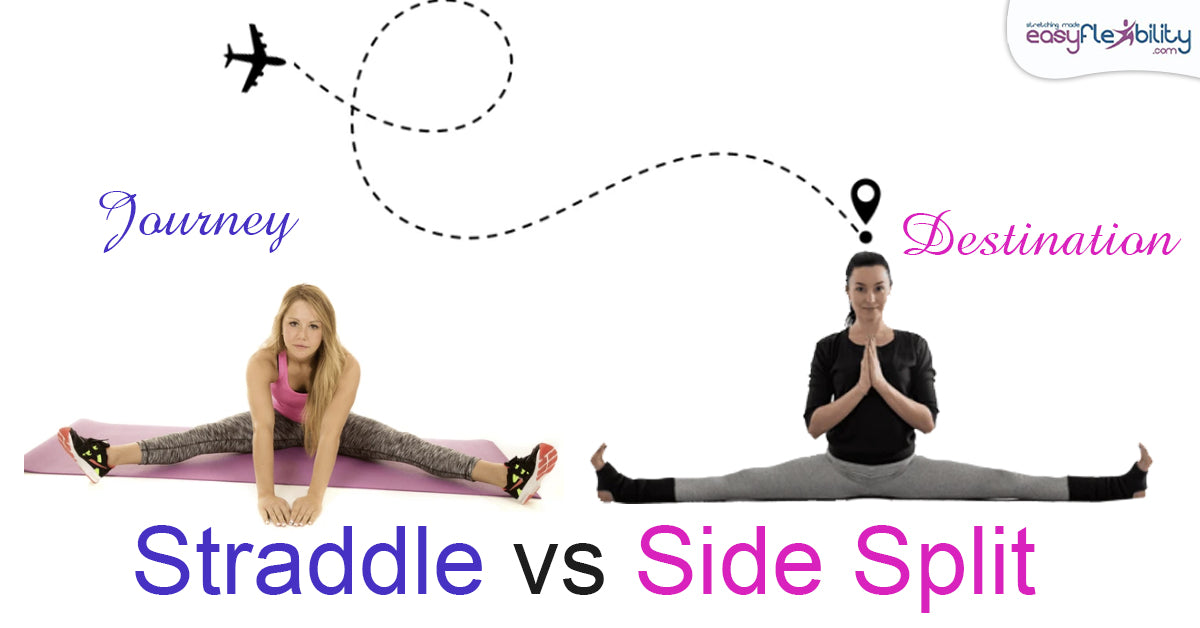
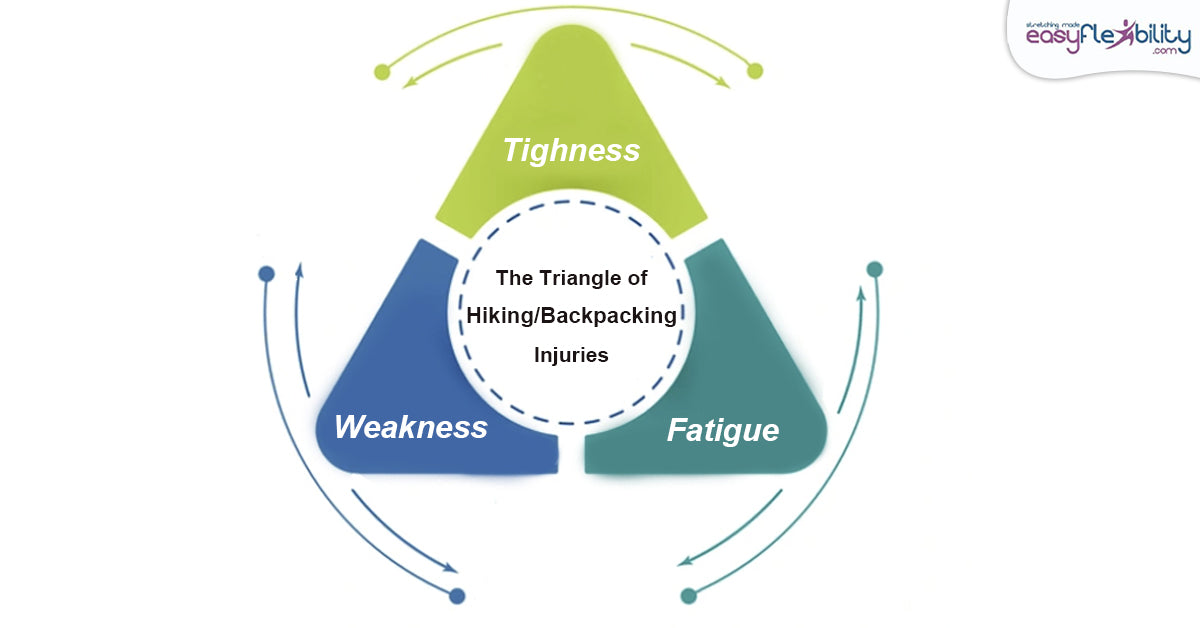
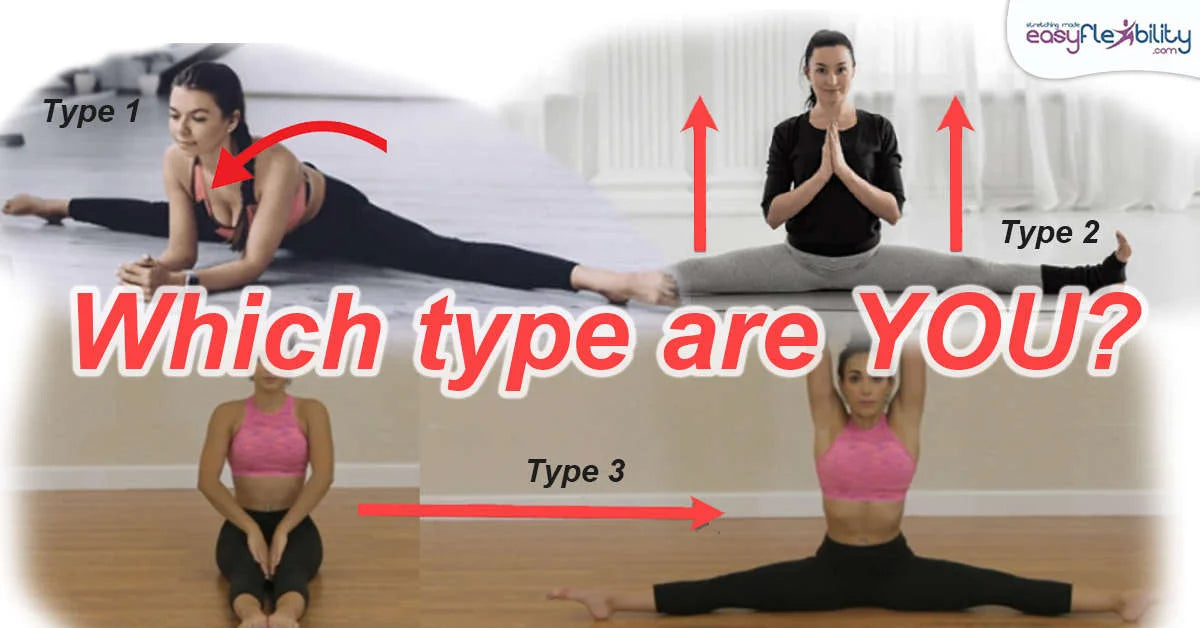
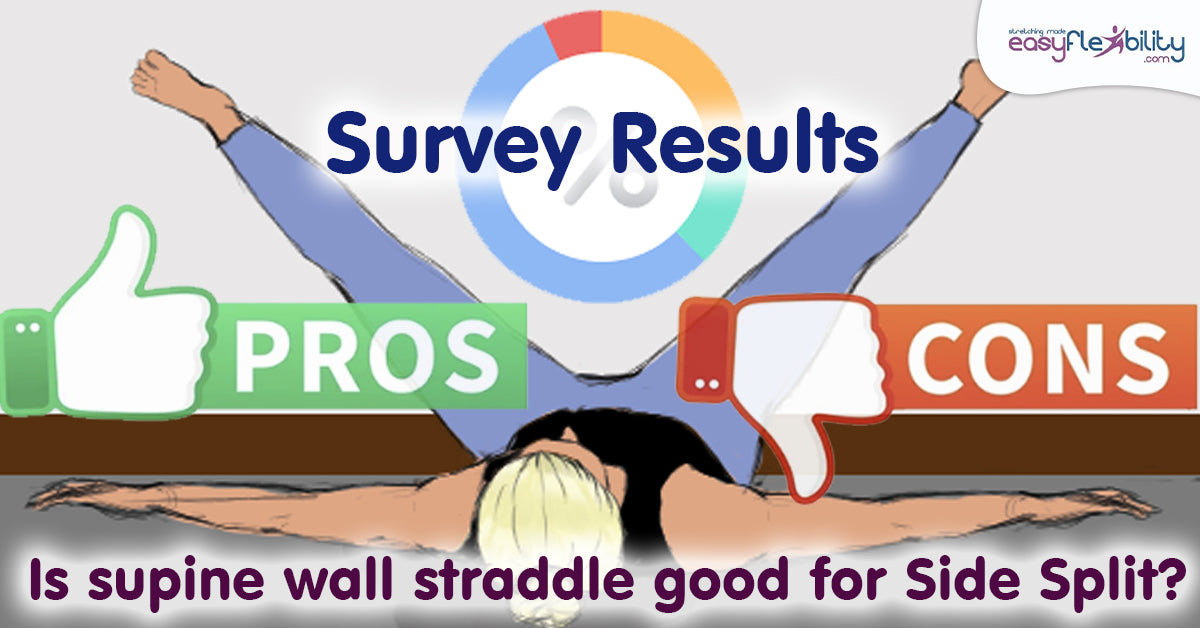
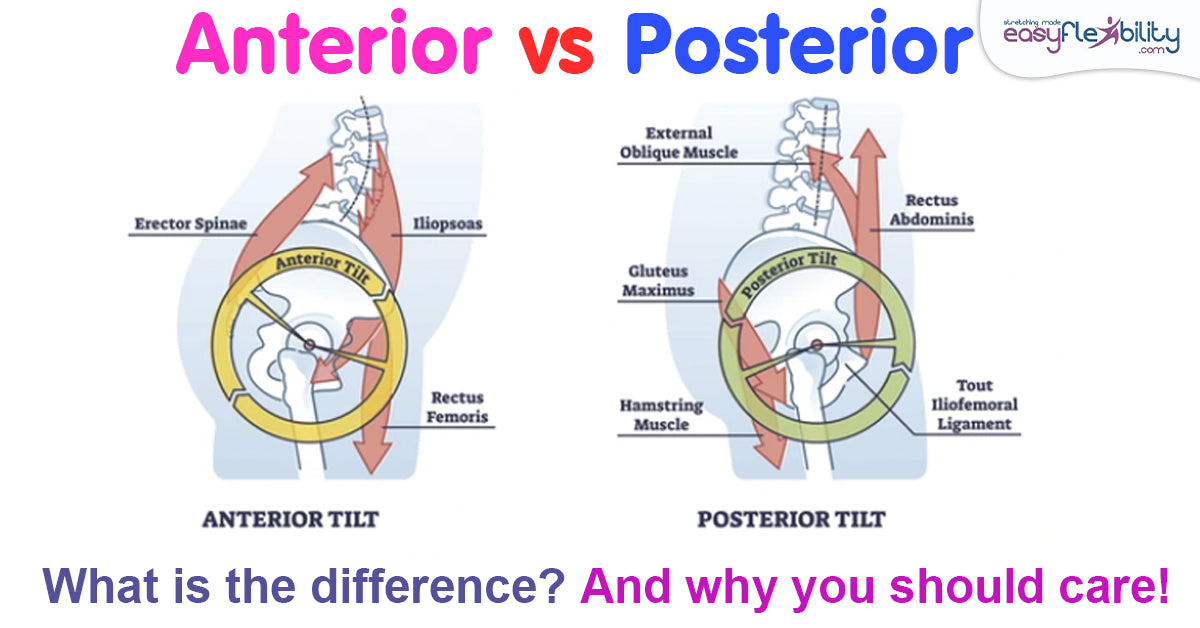
What about an illusion? Flexibility or Skills first?